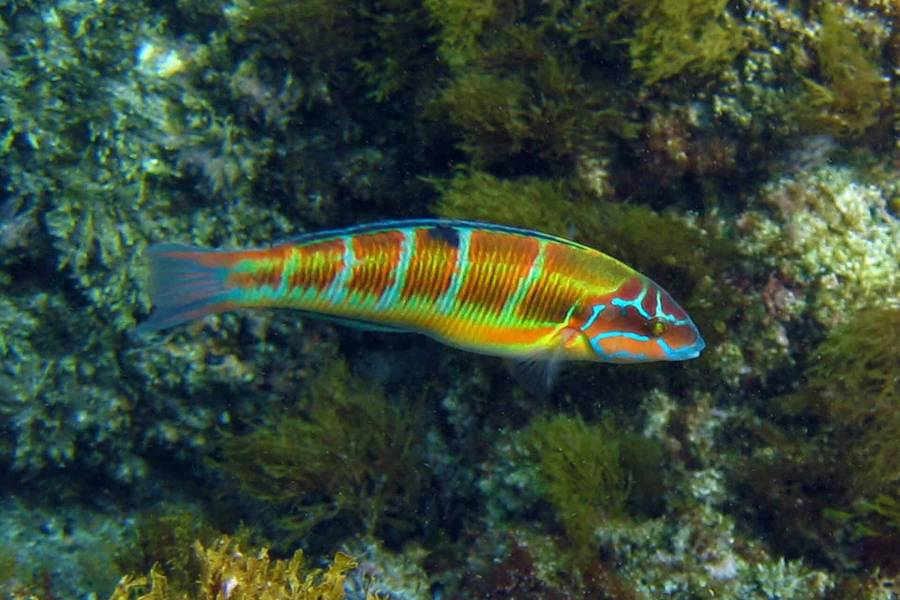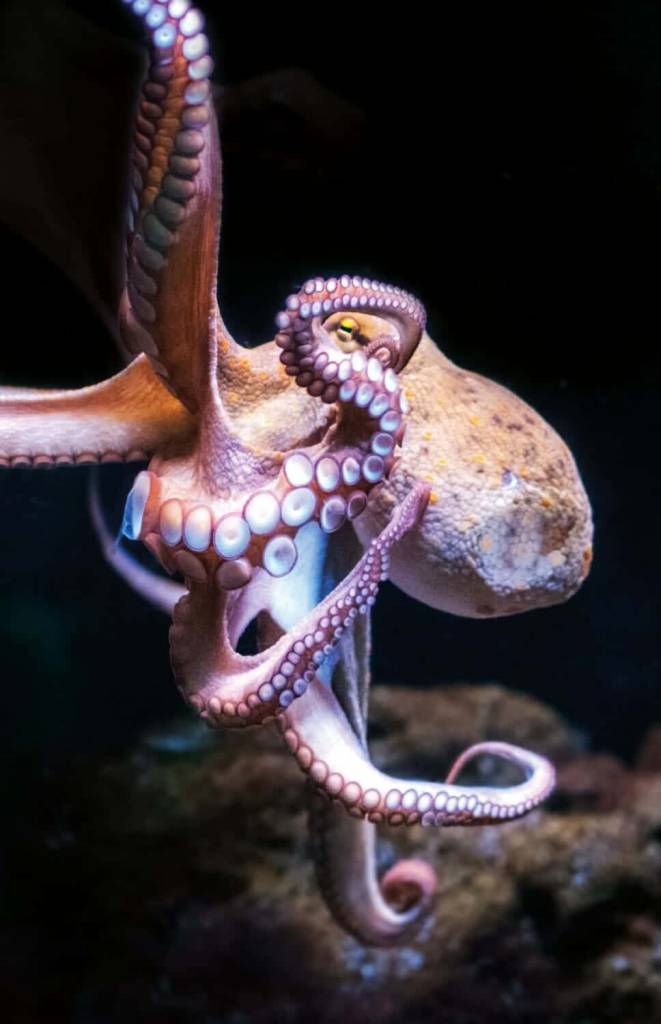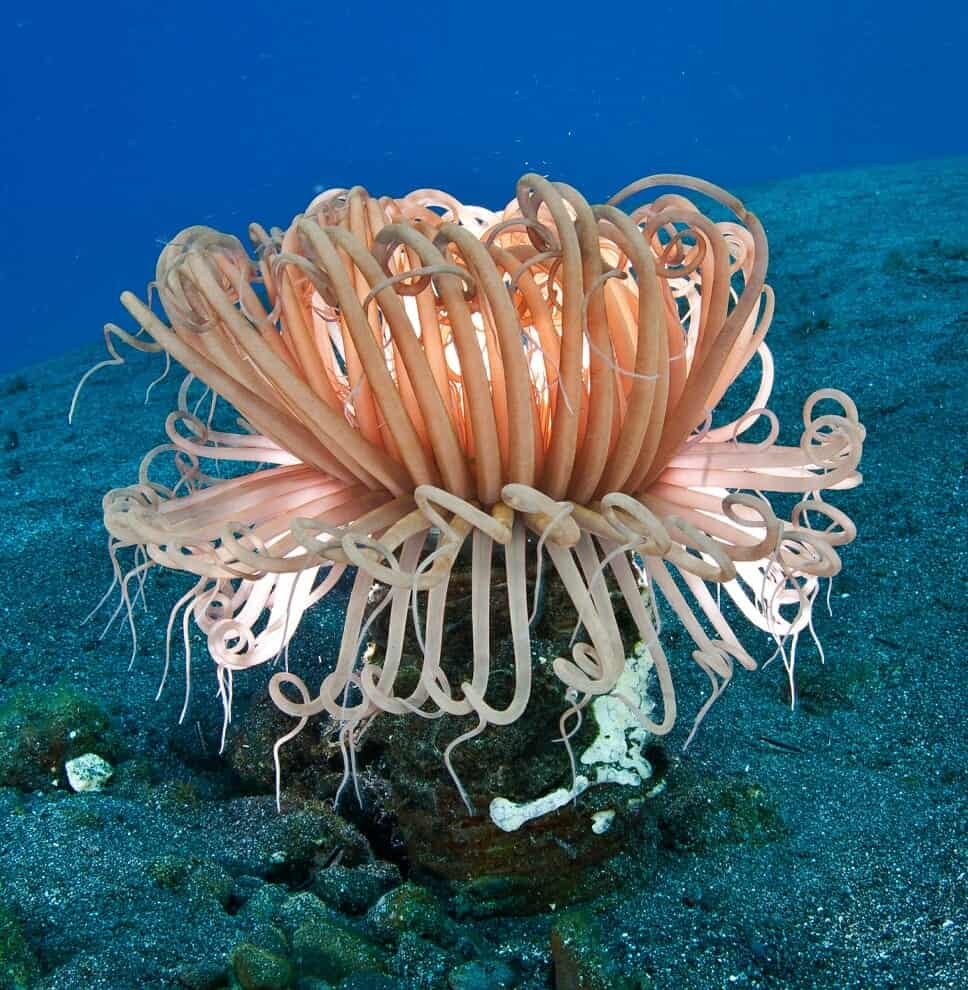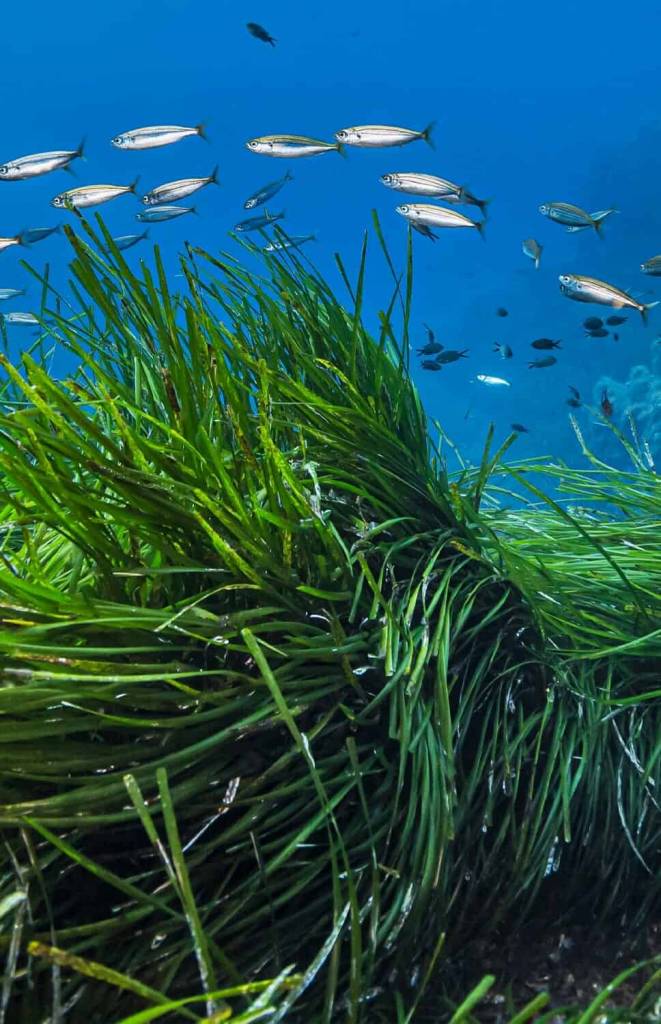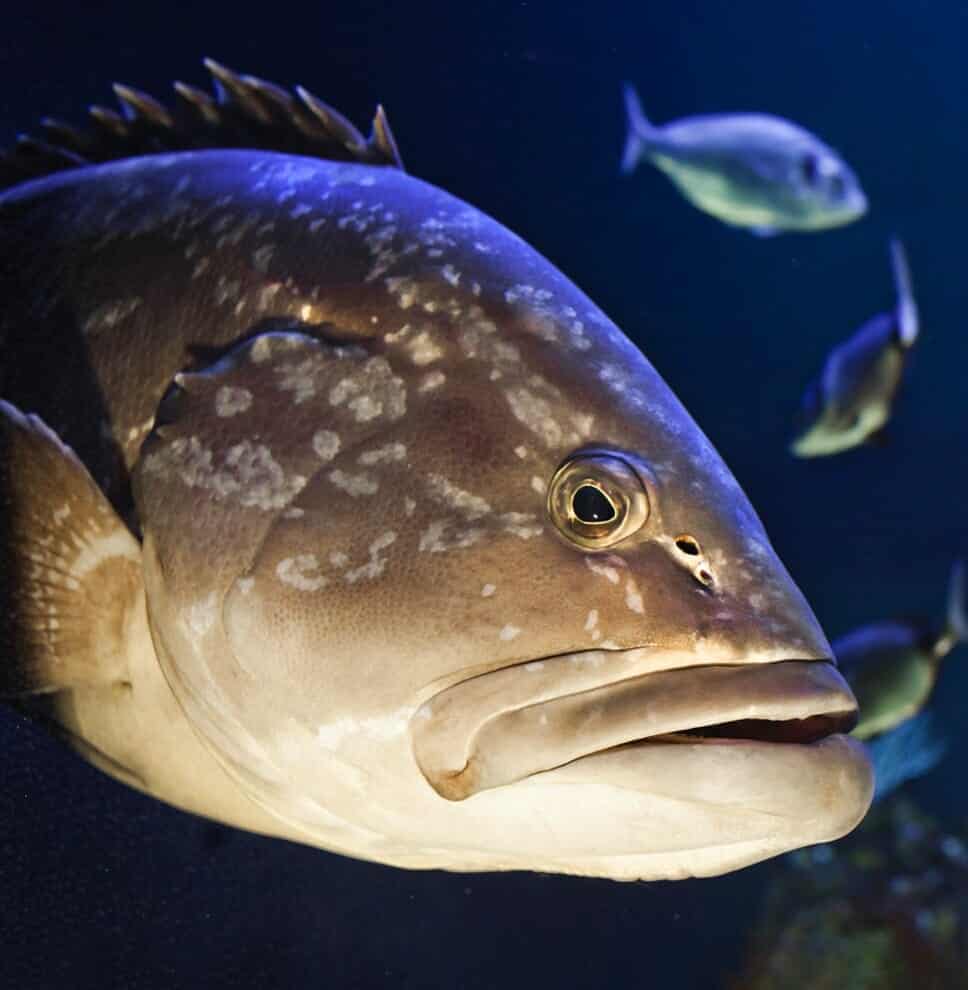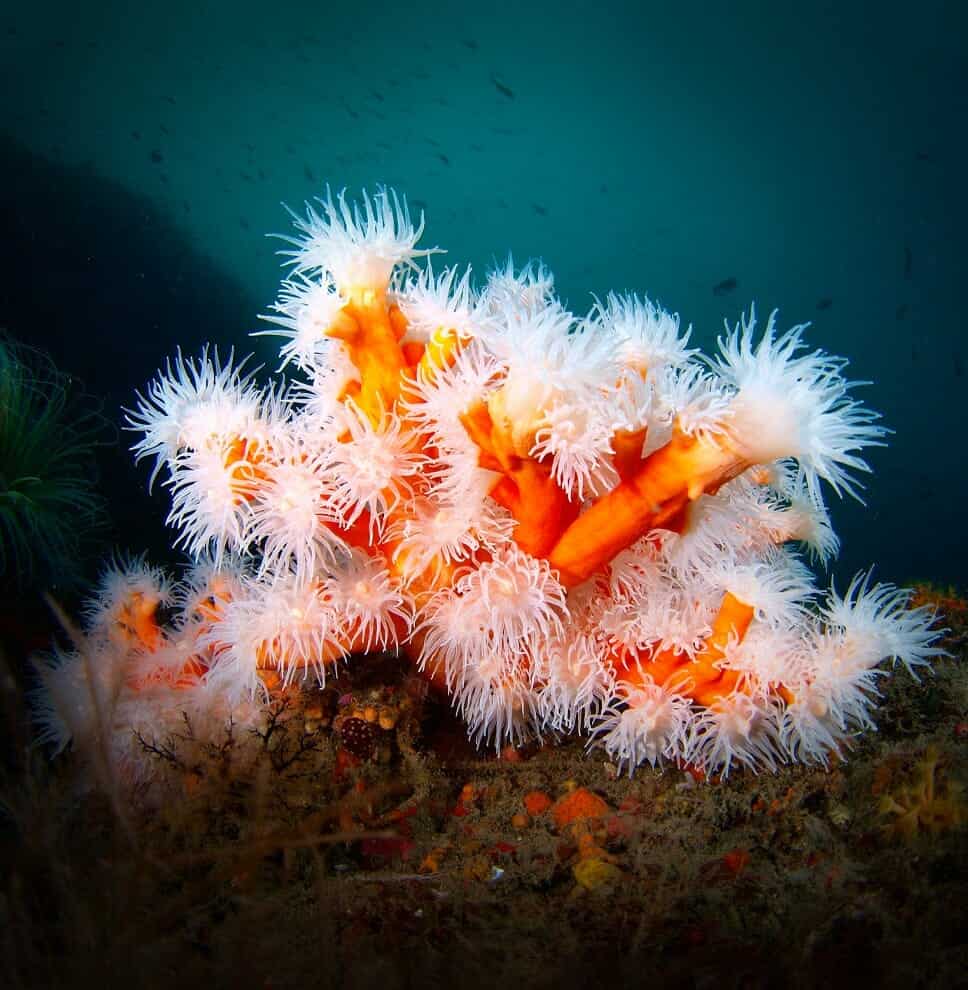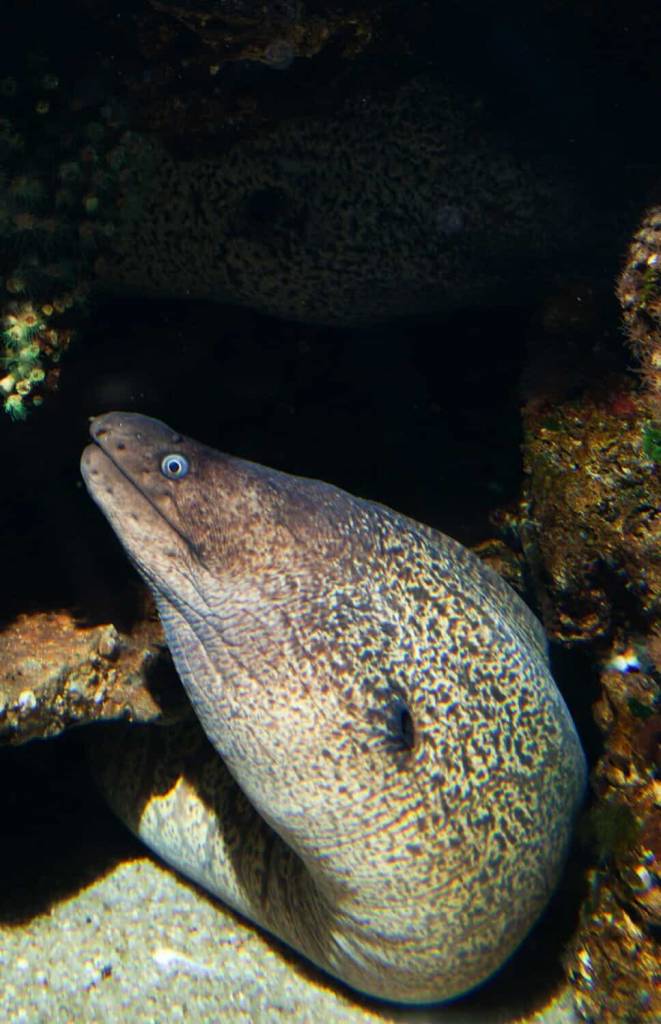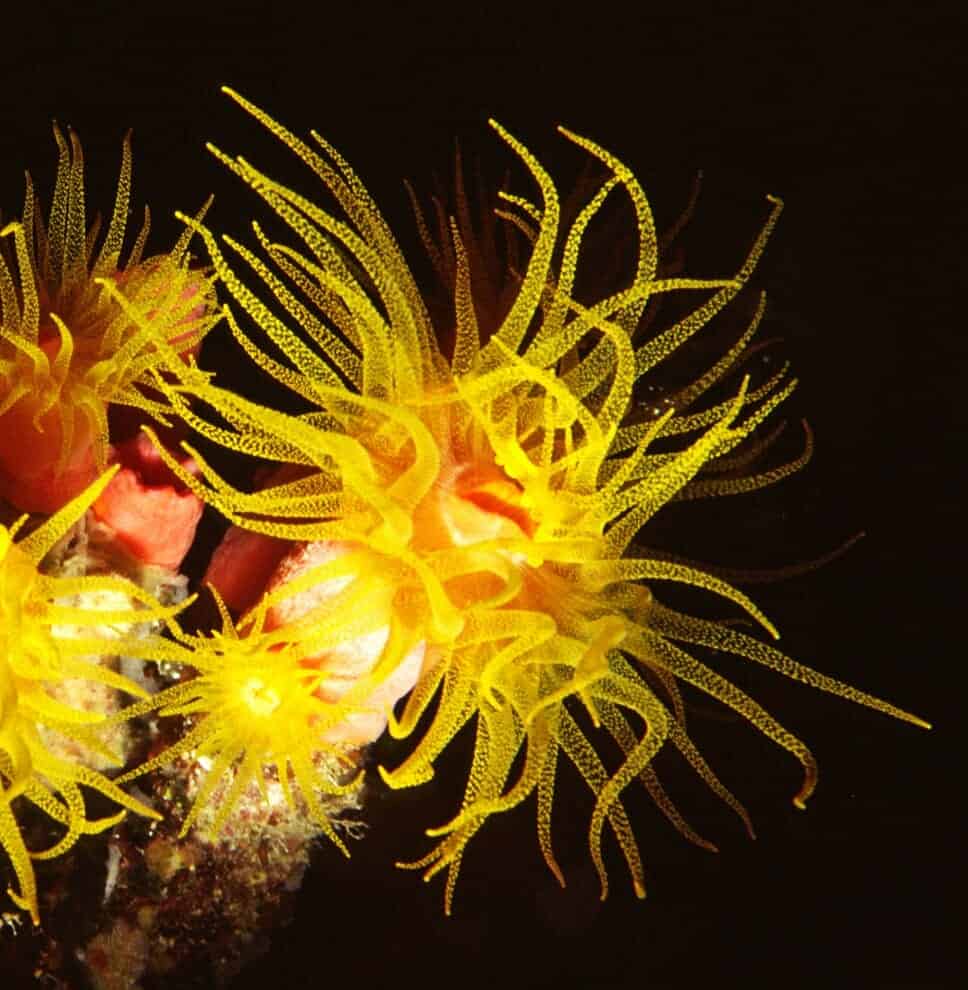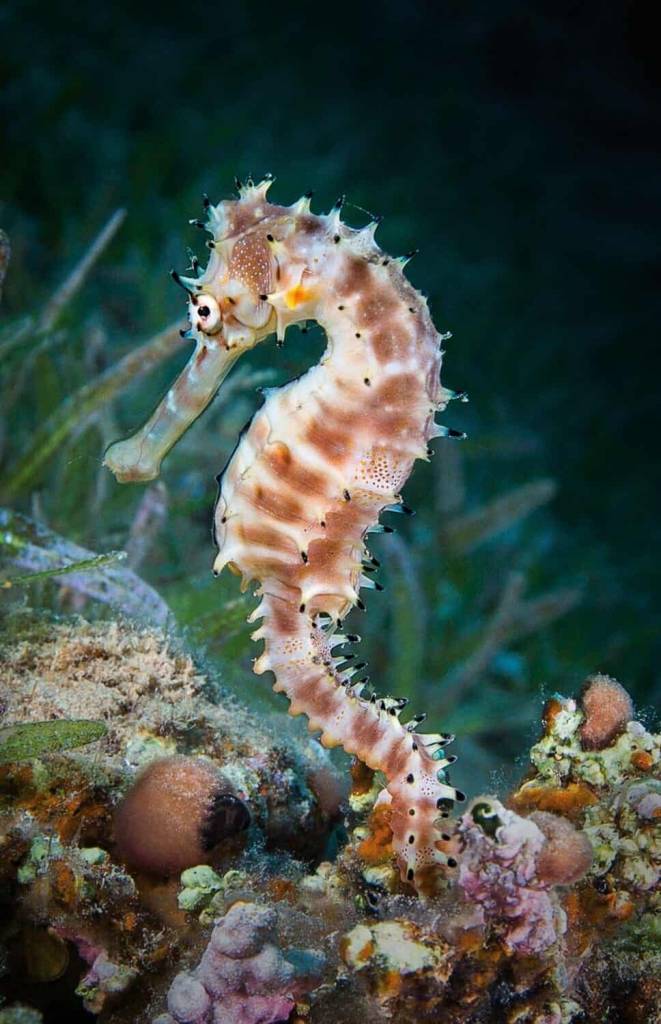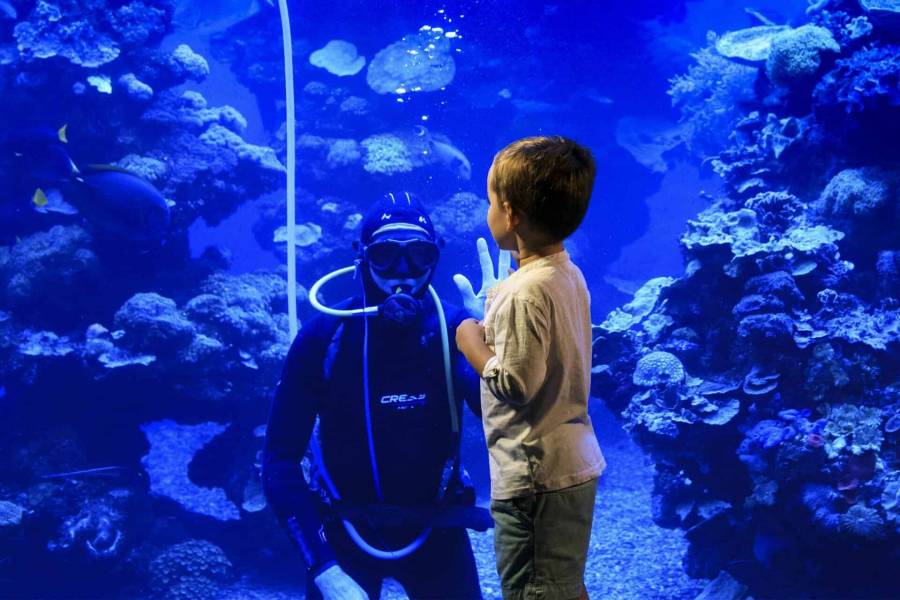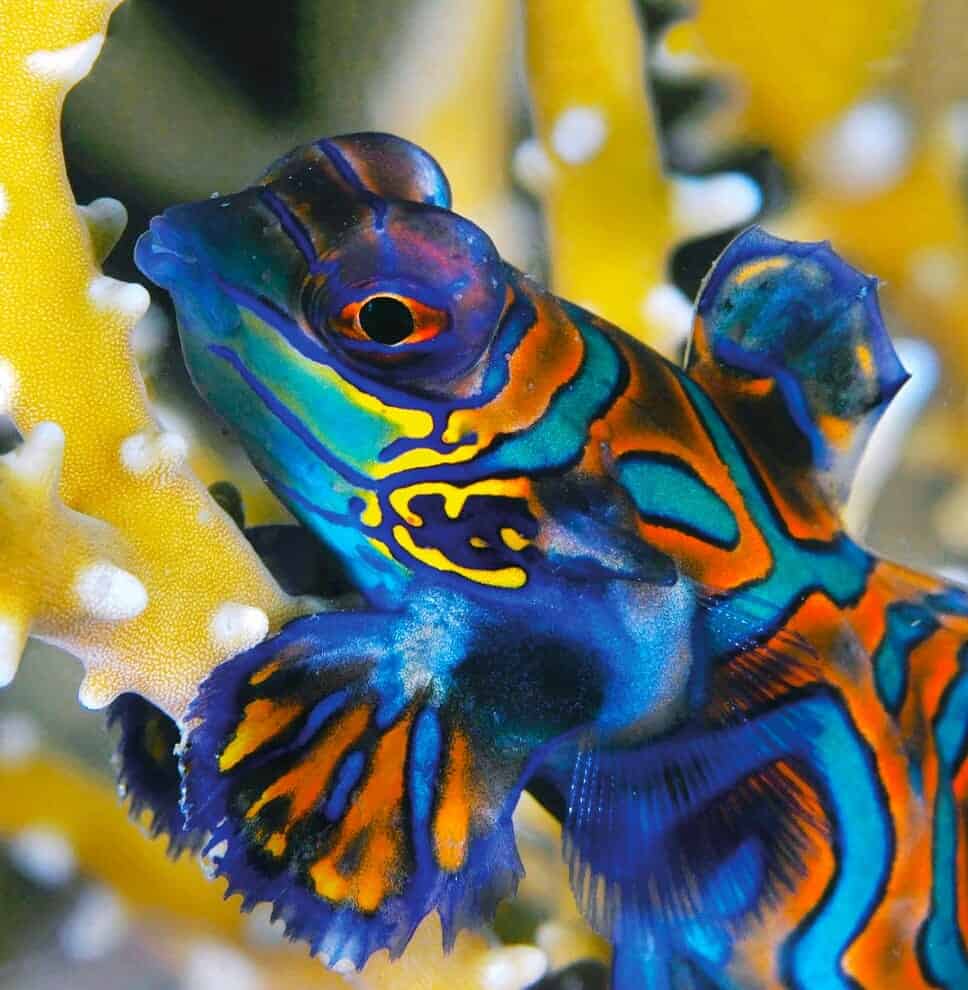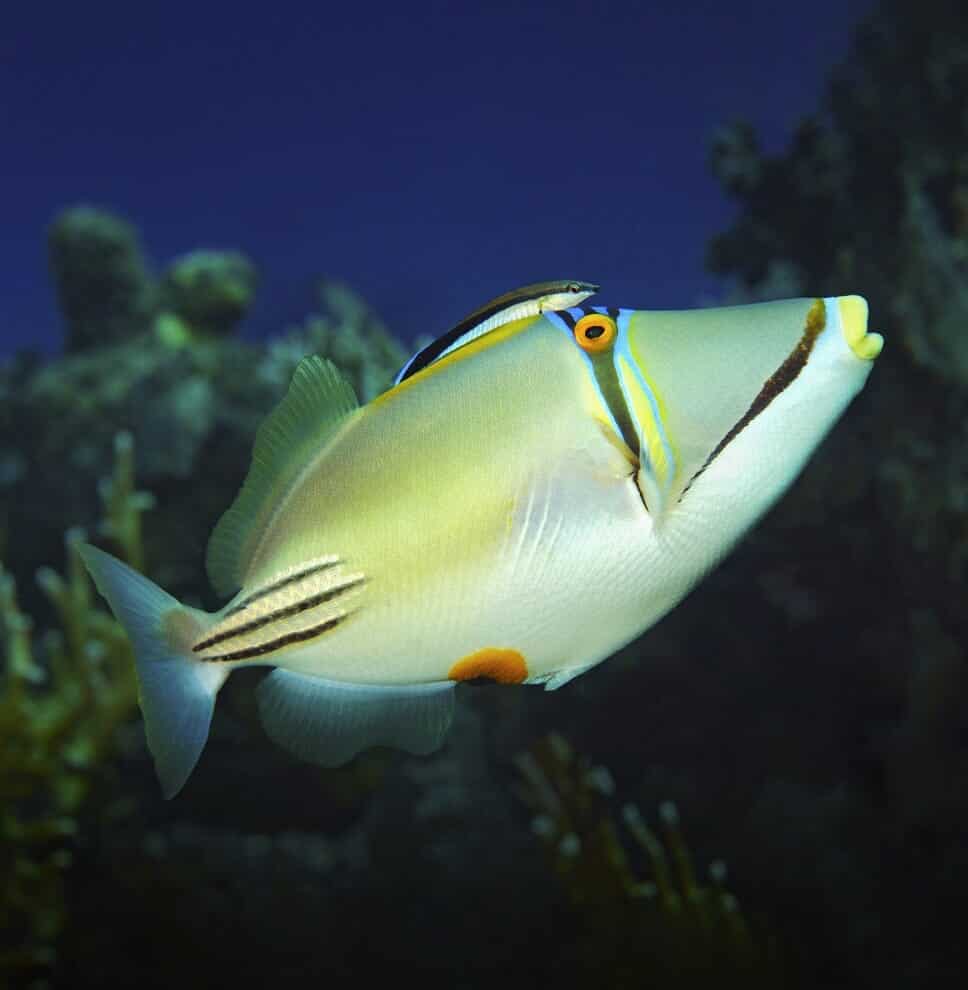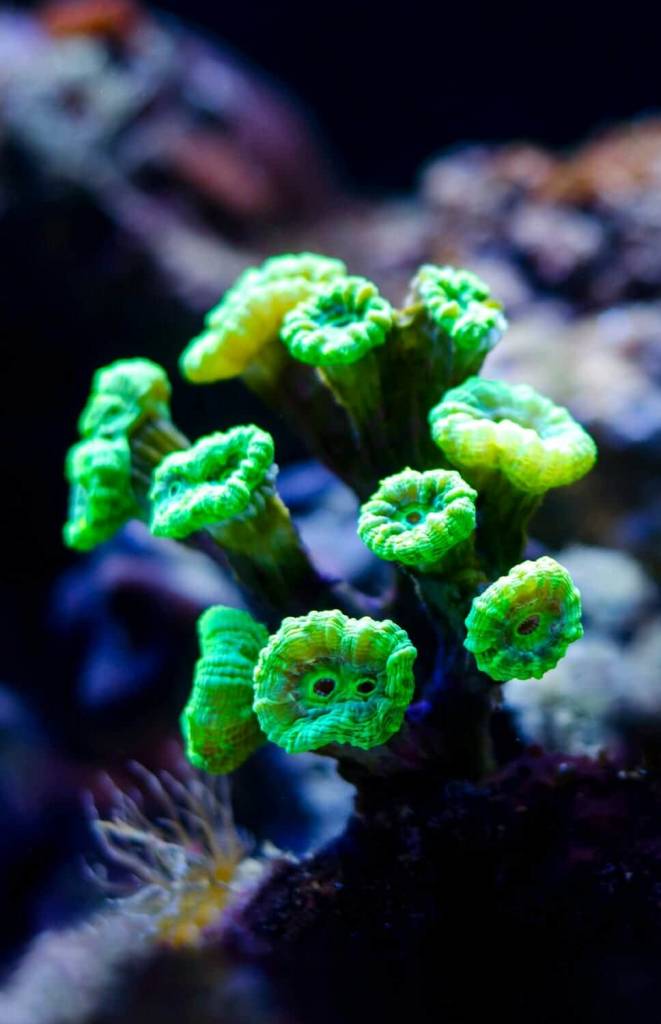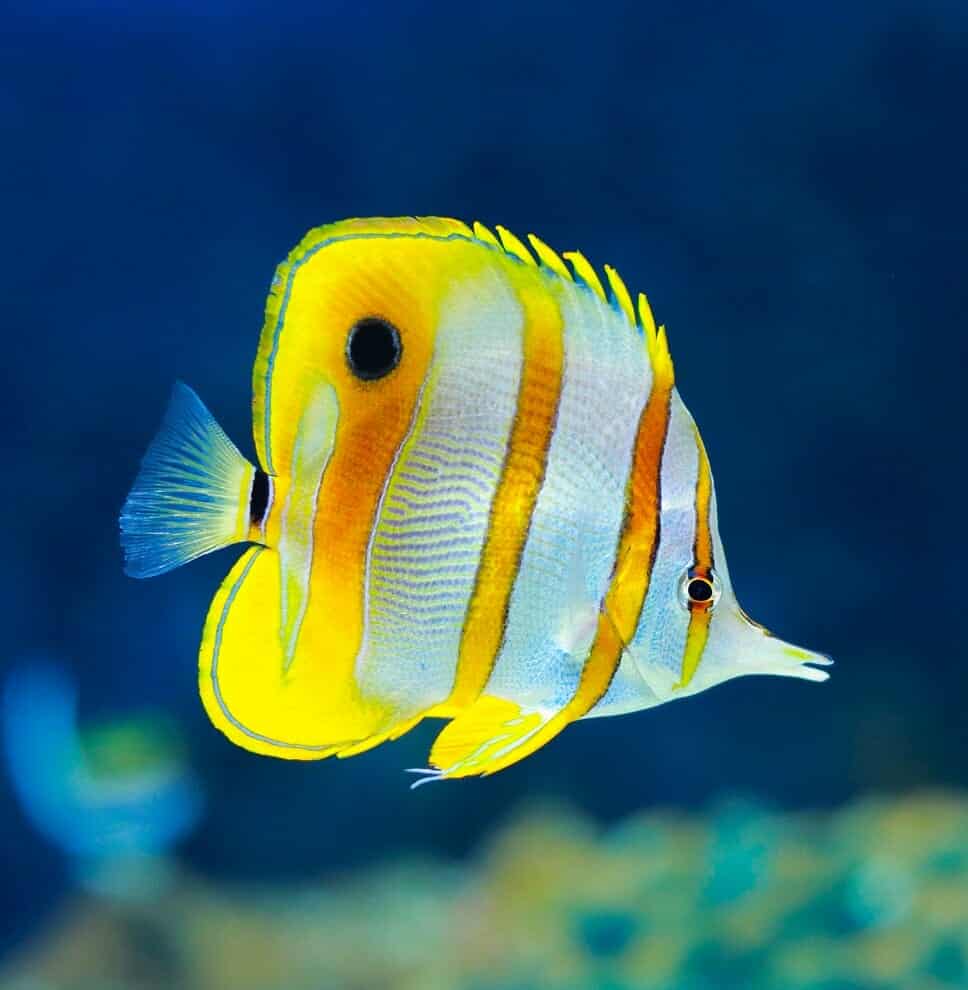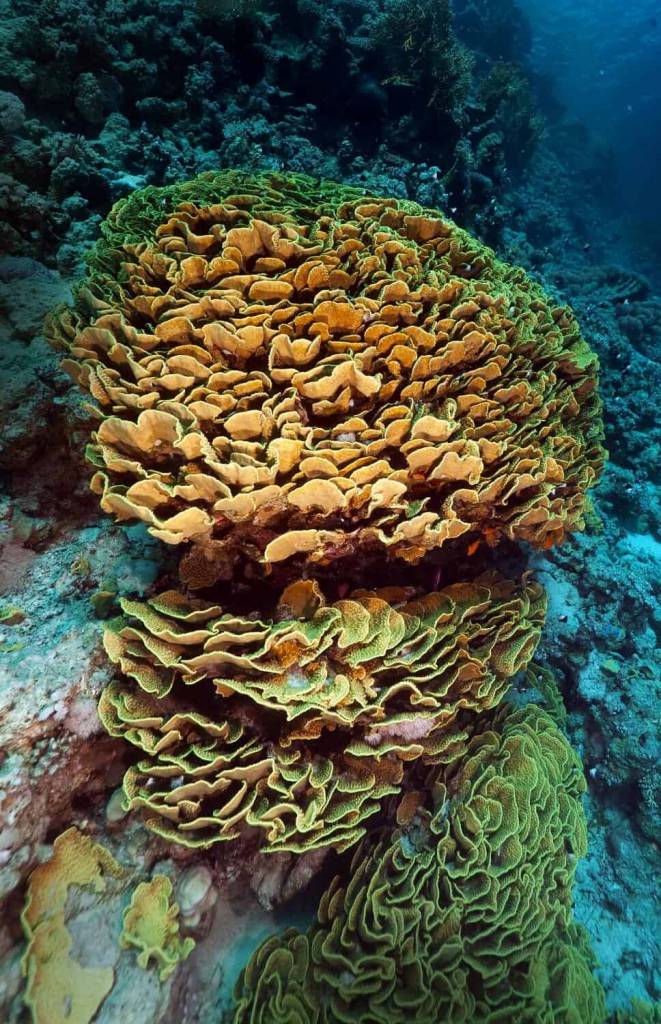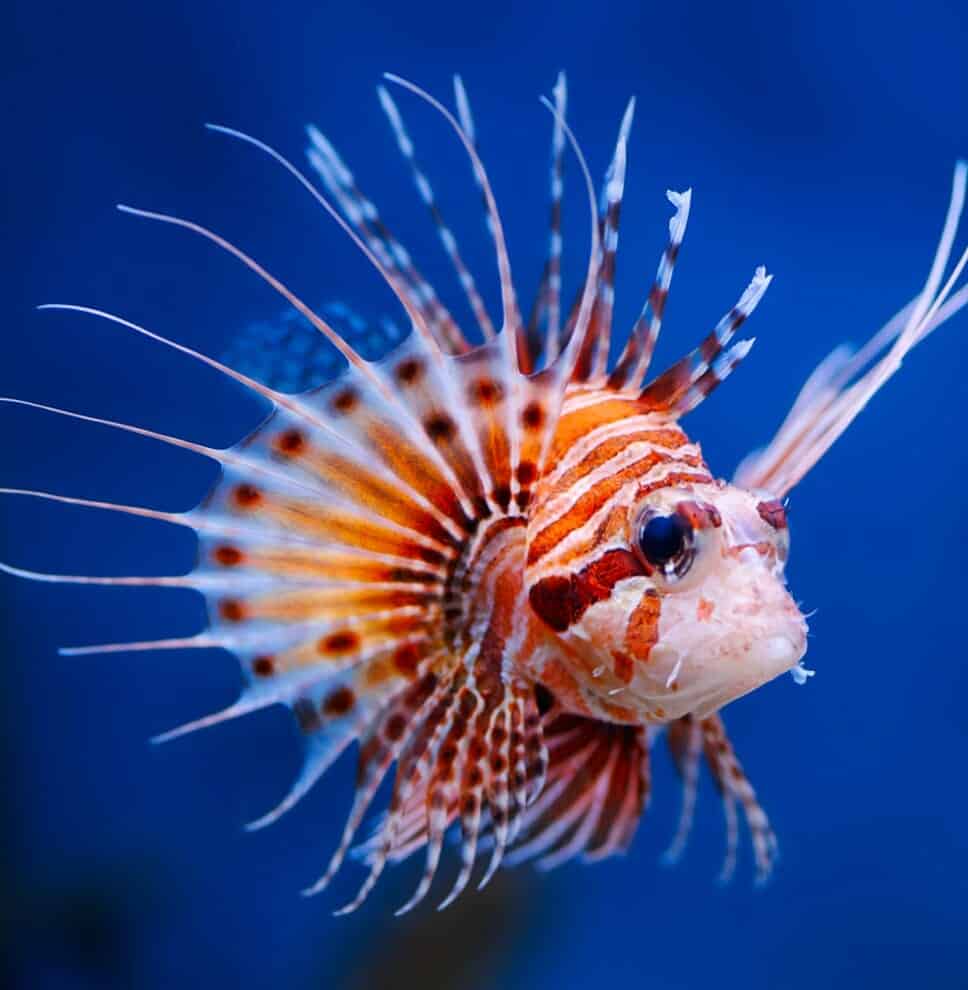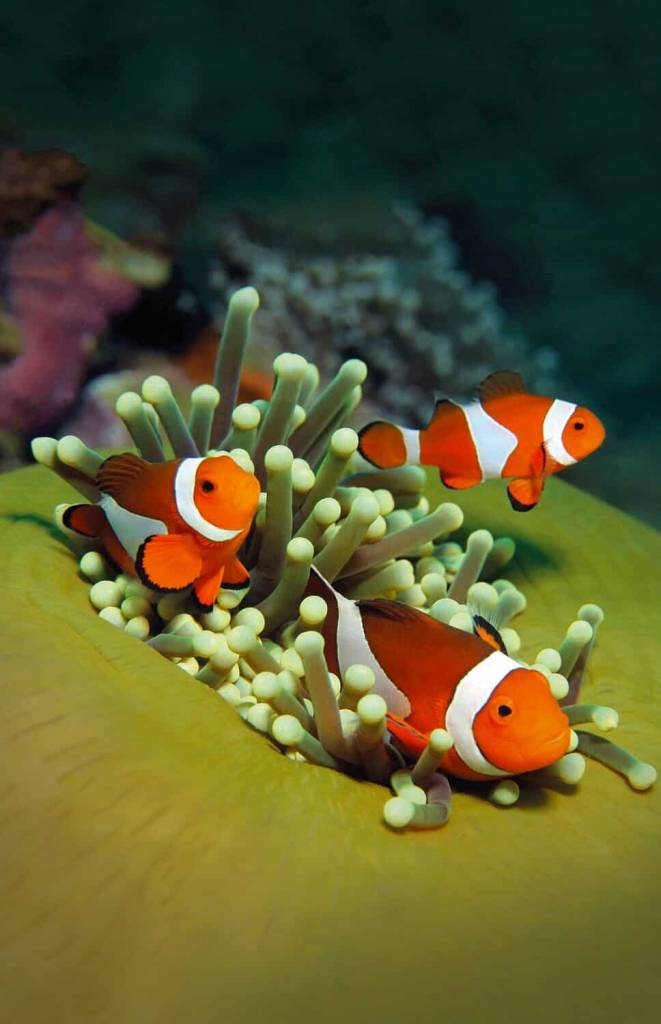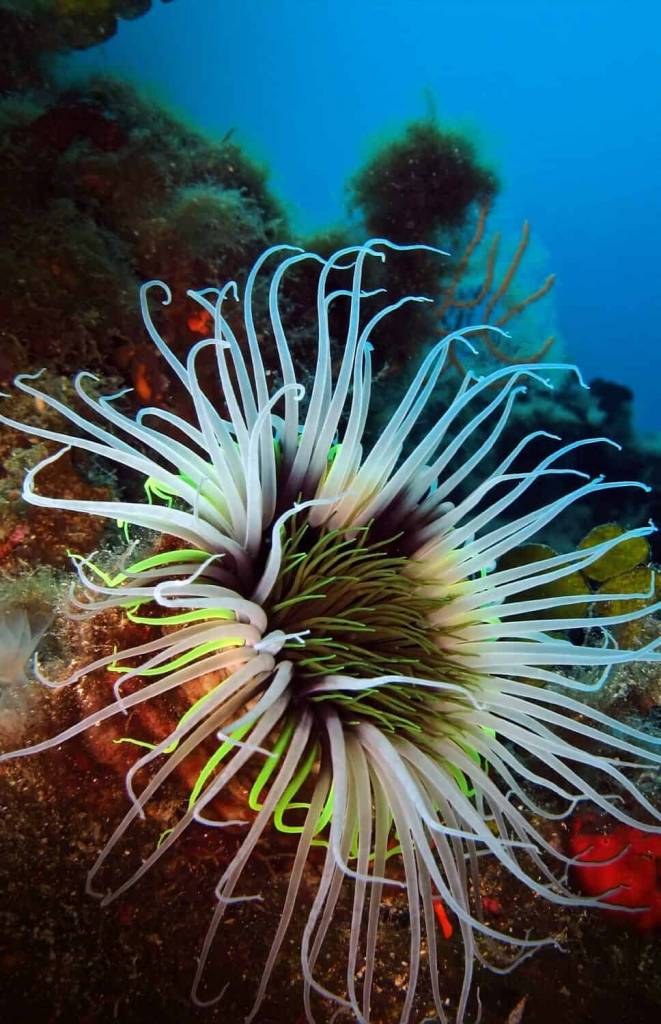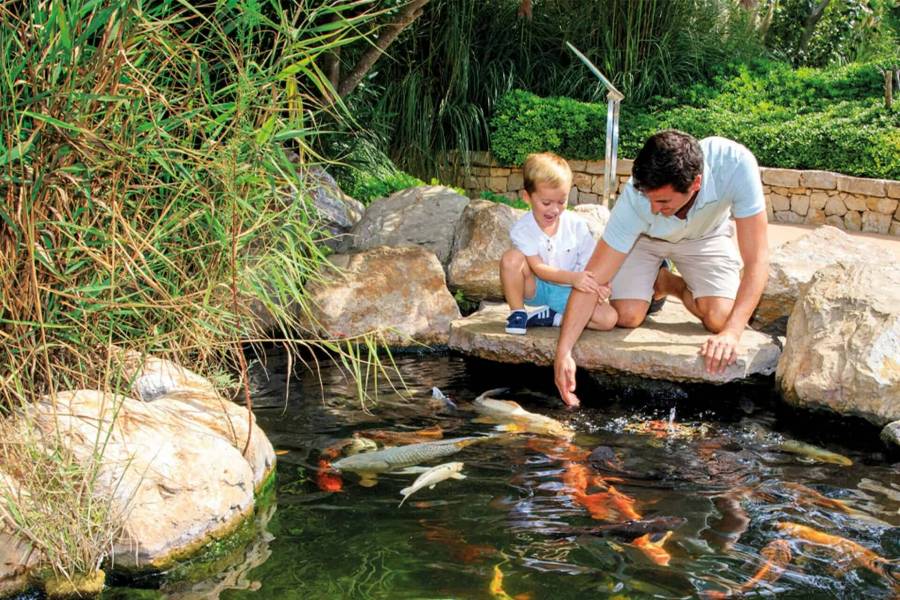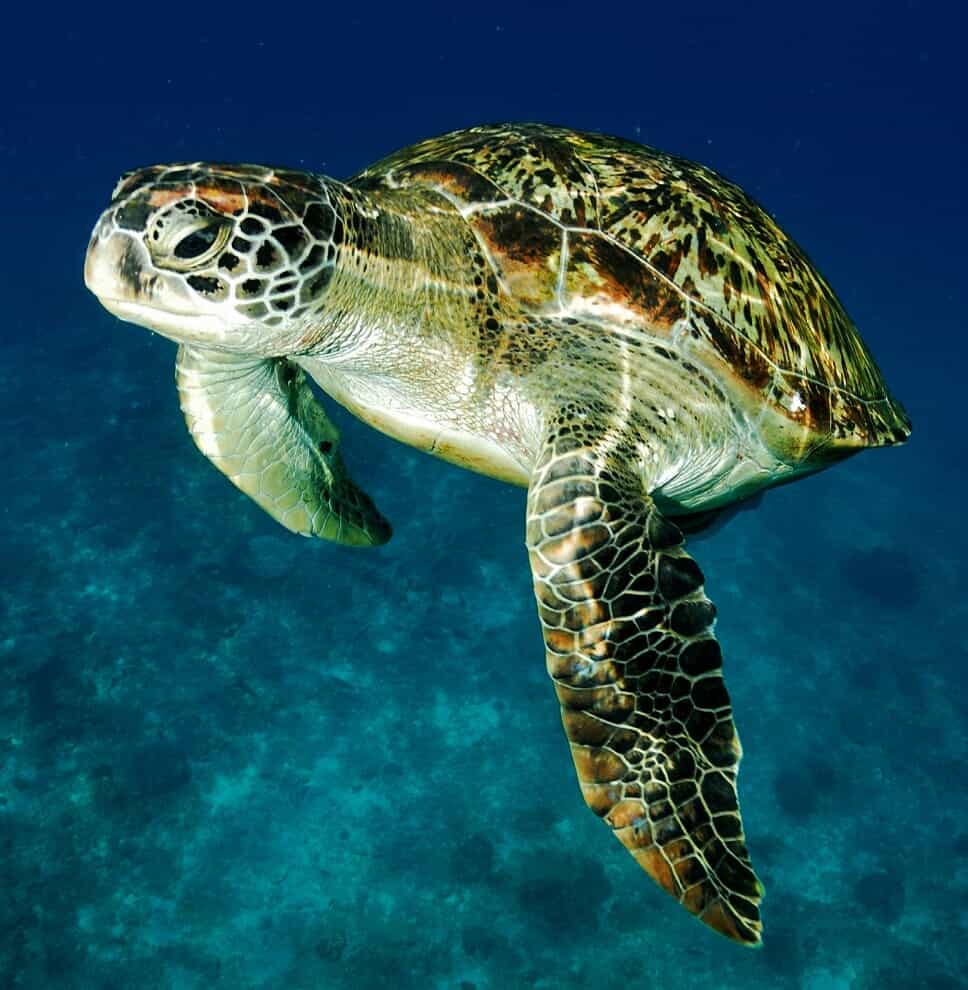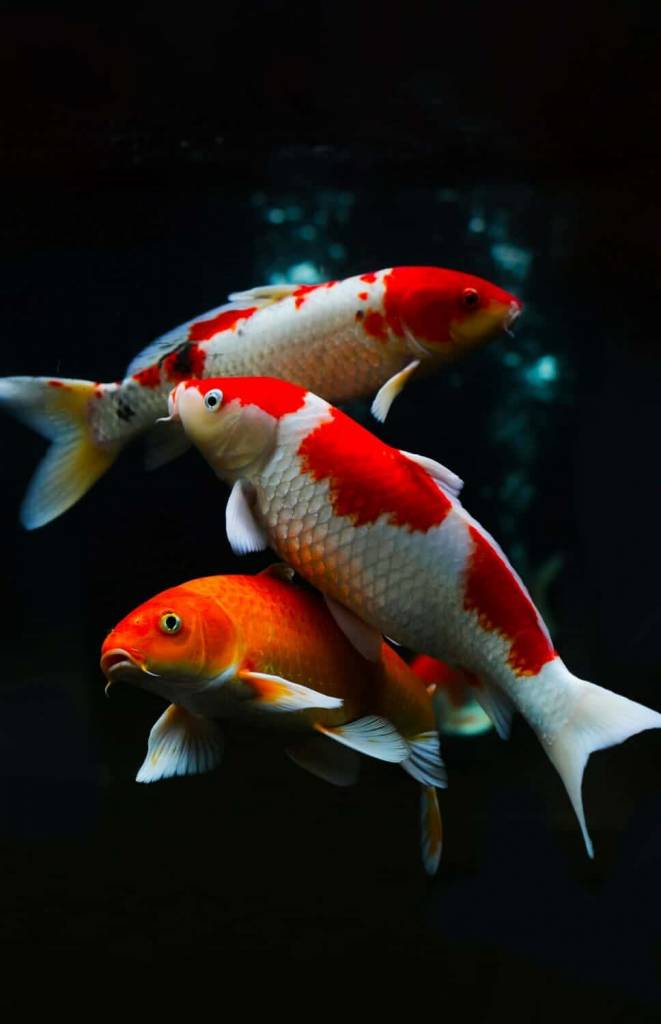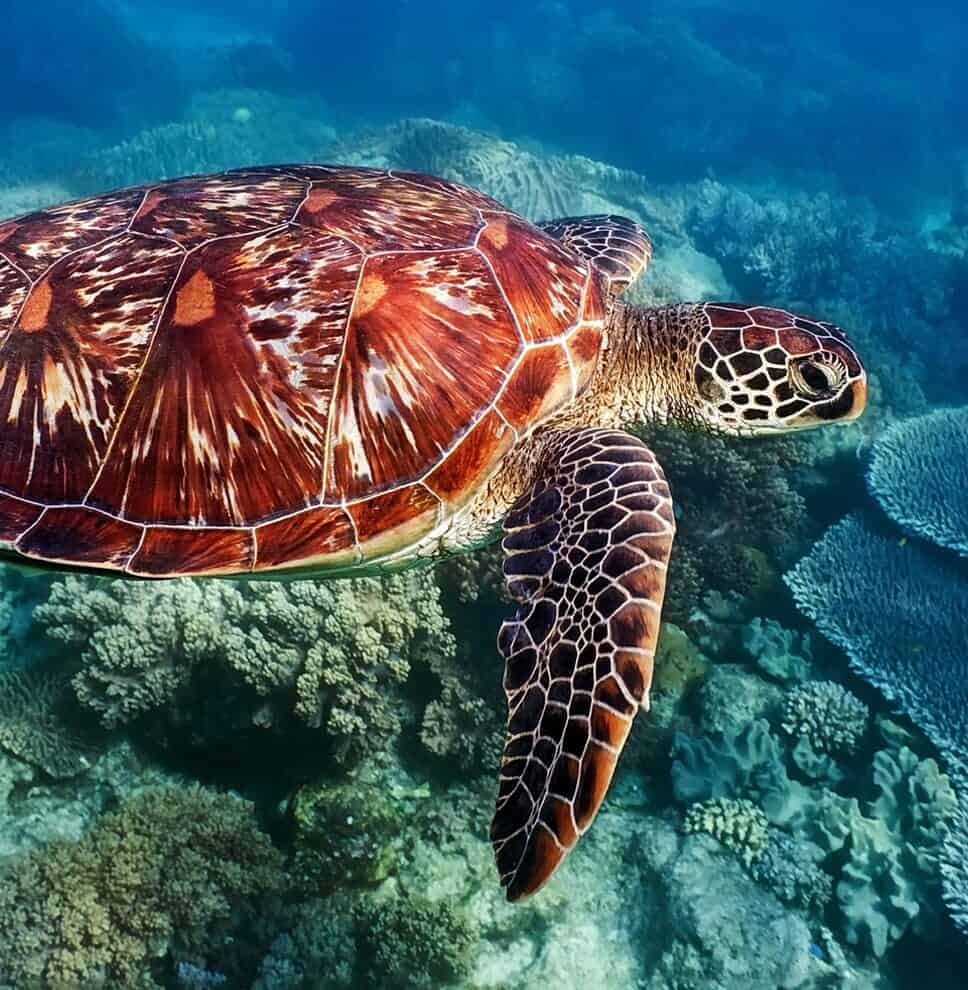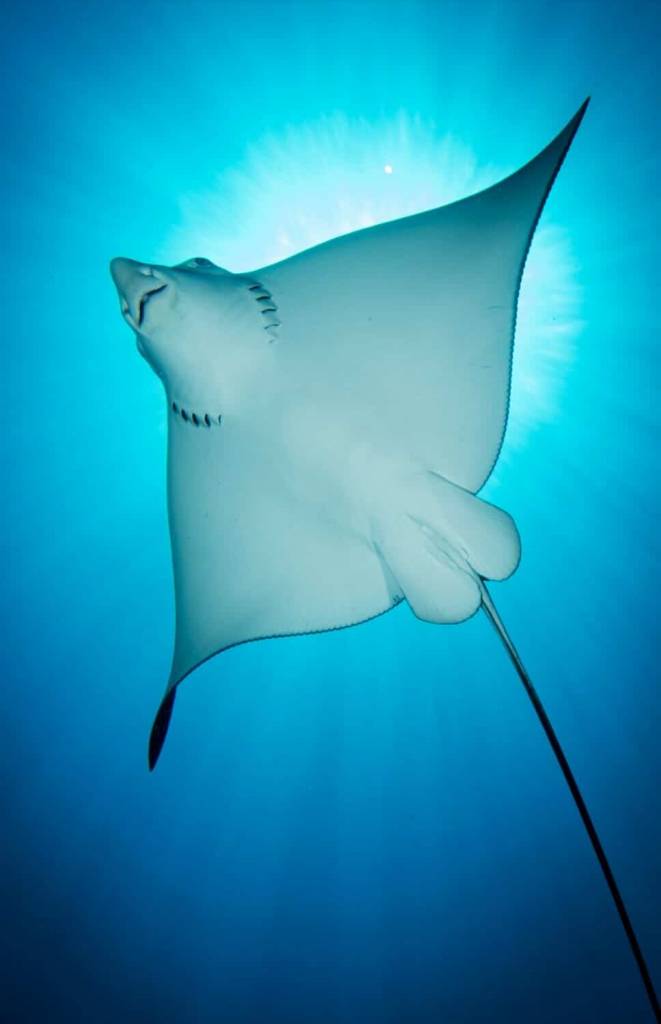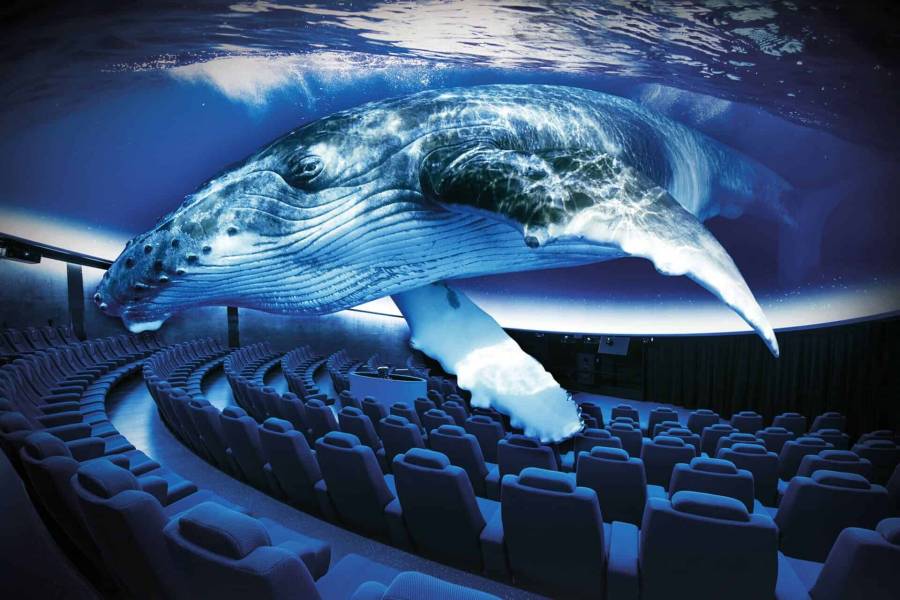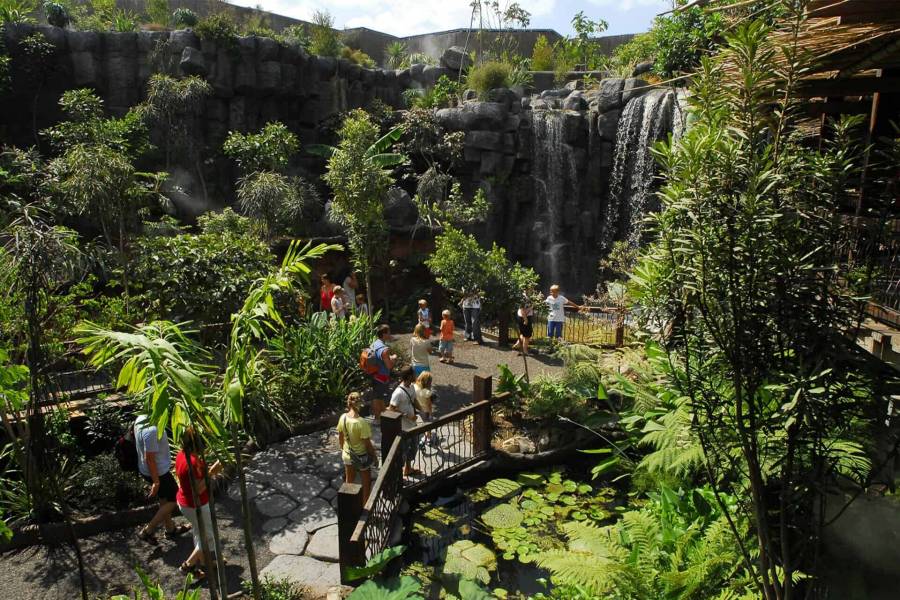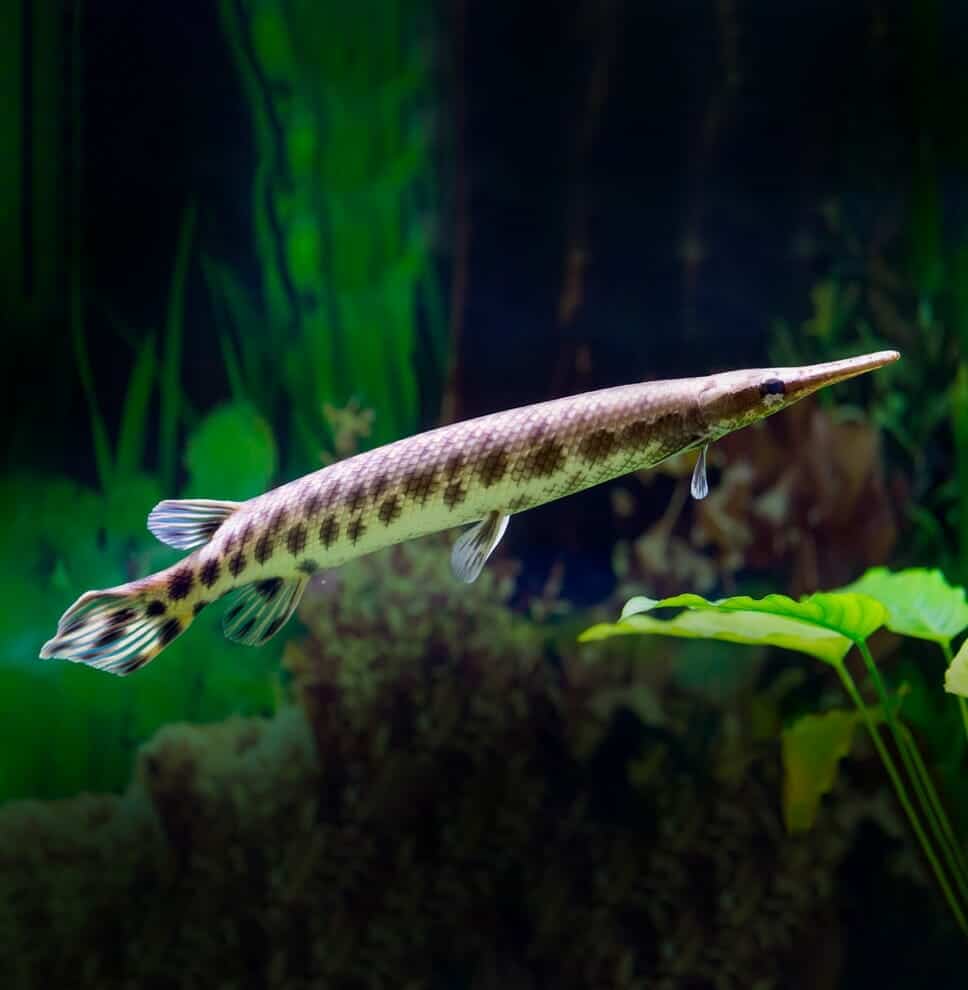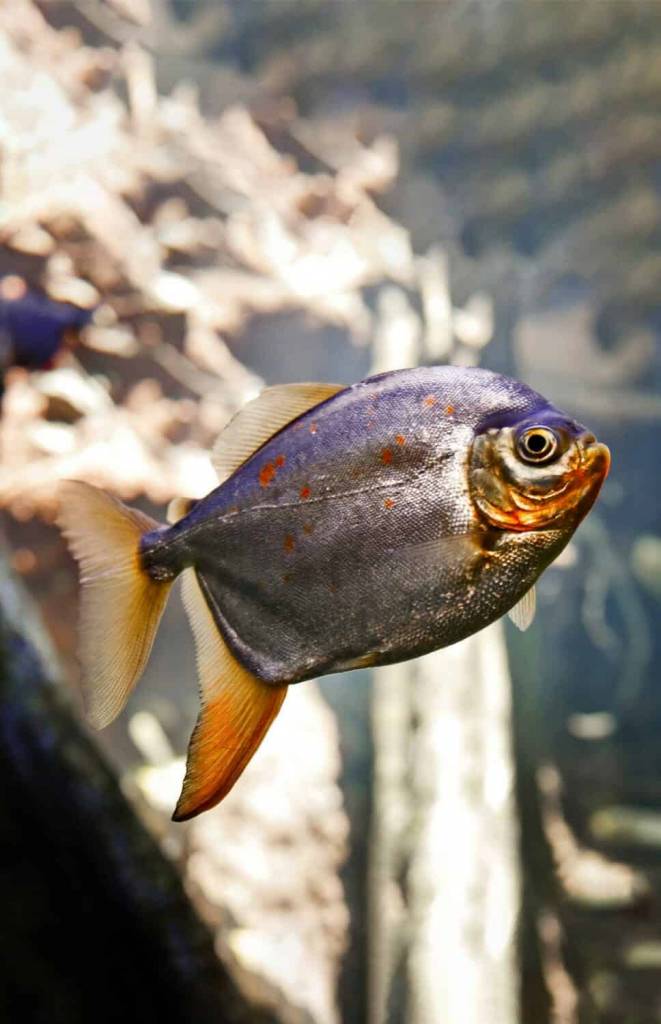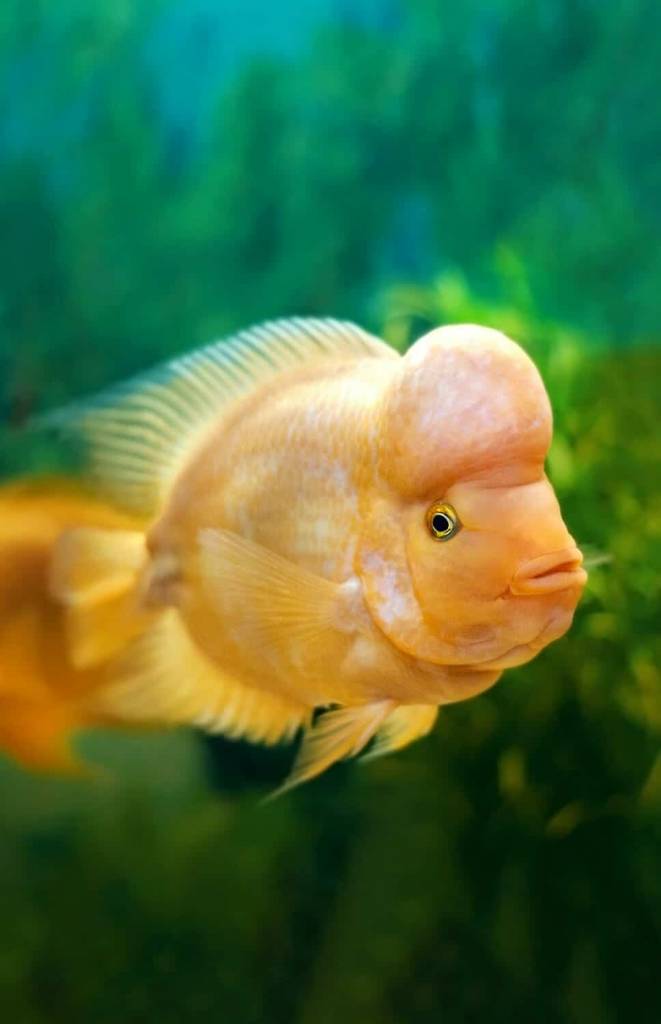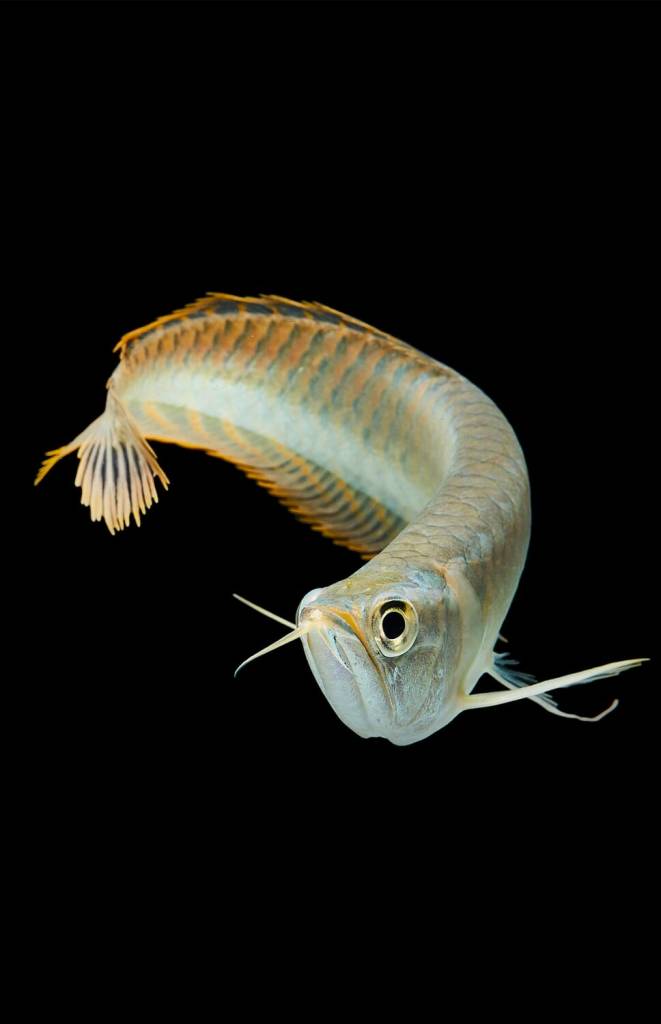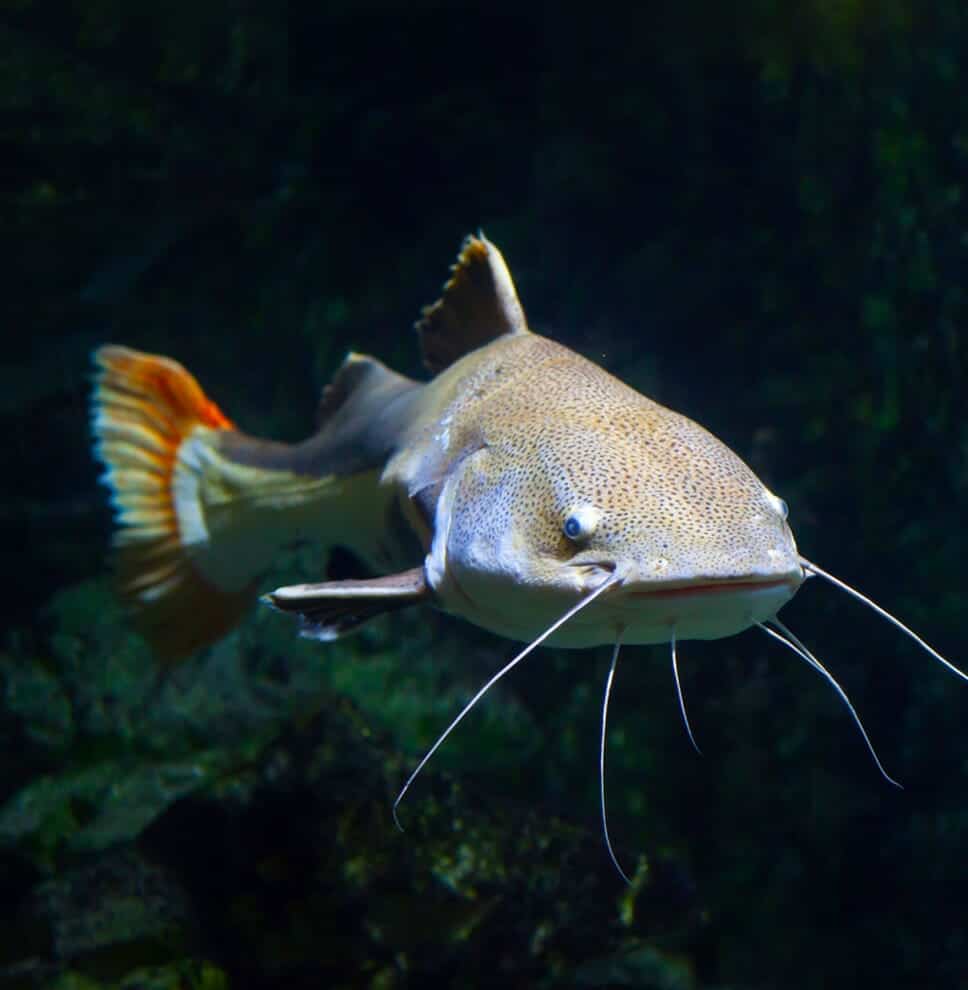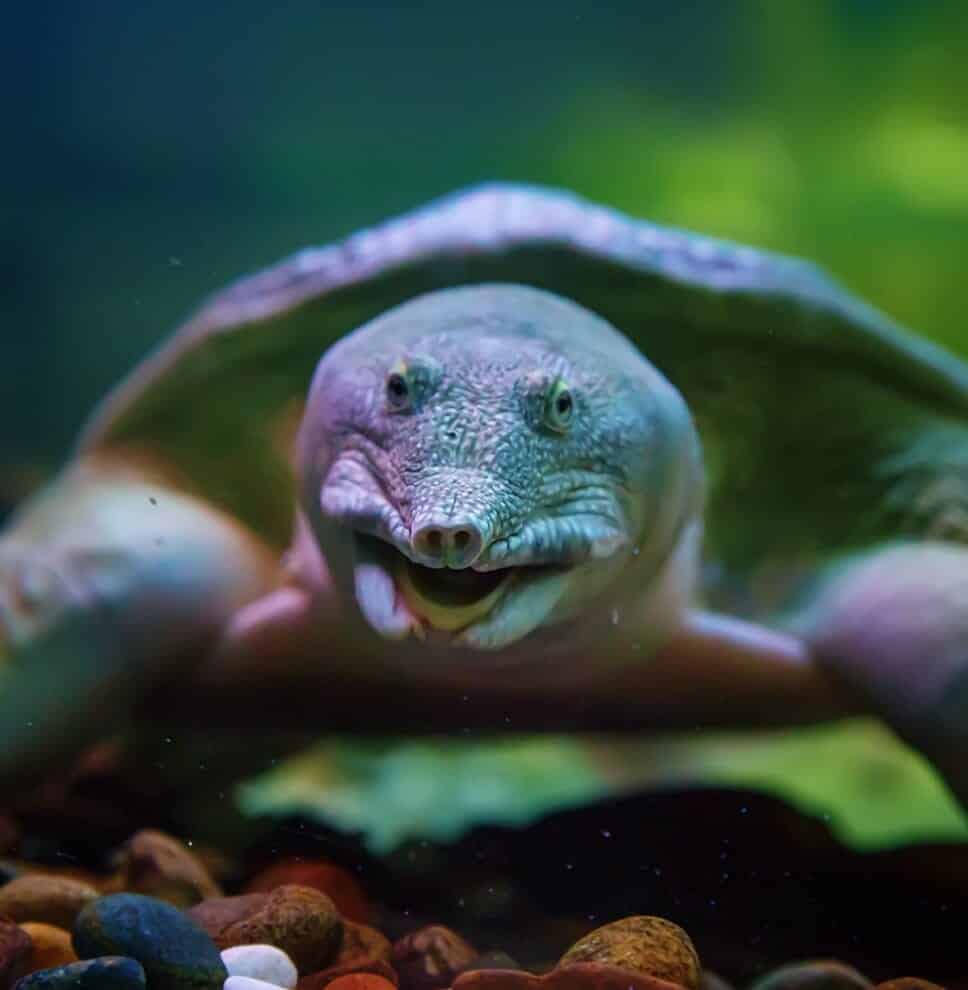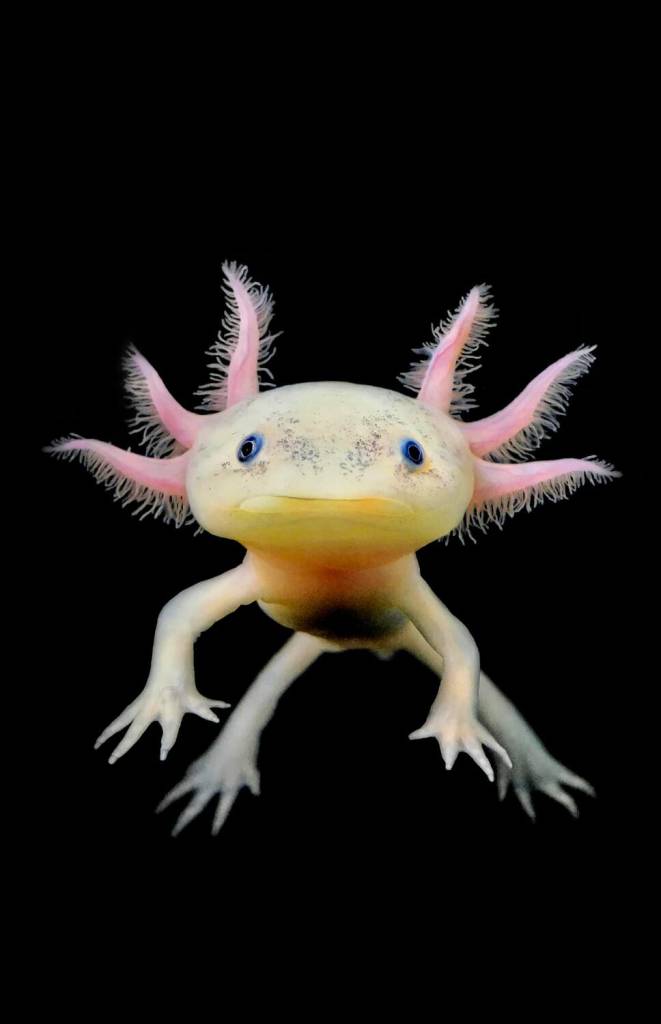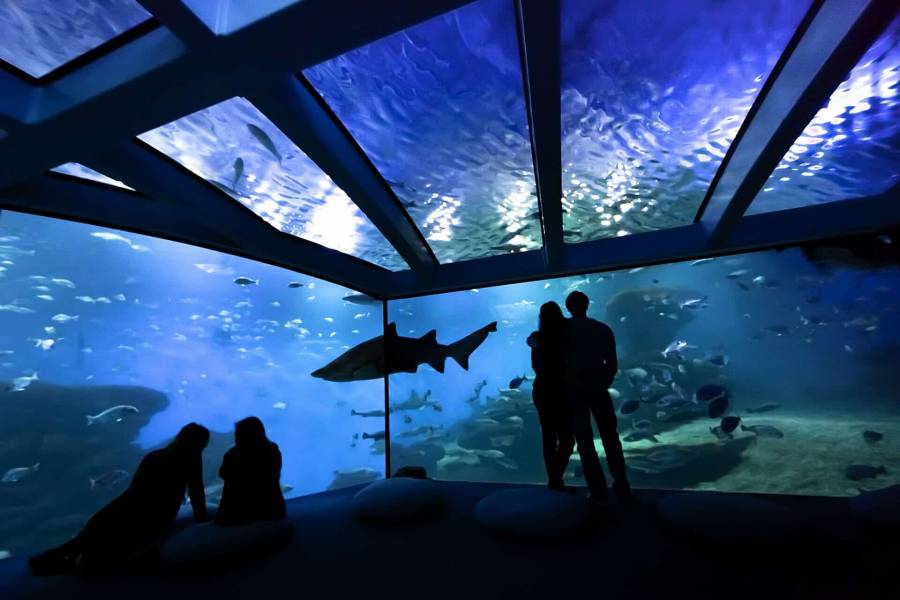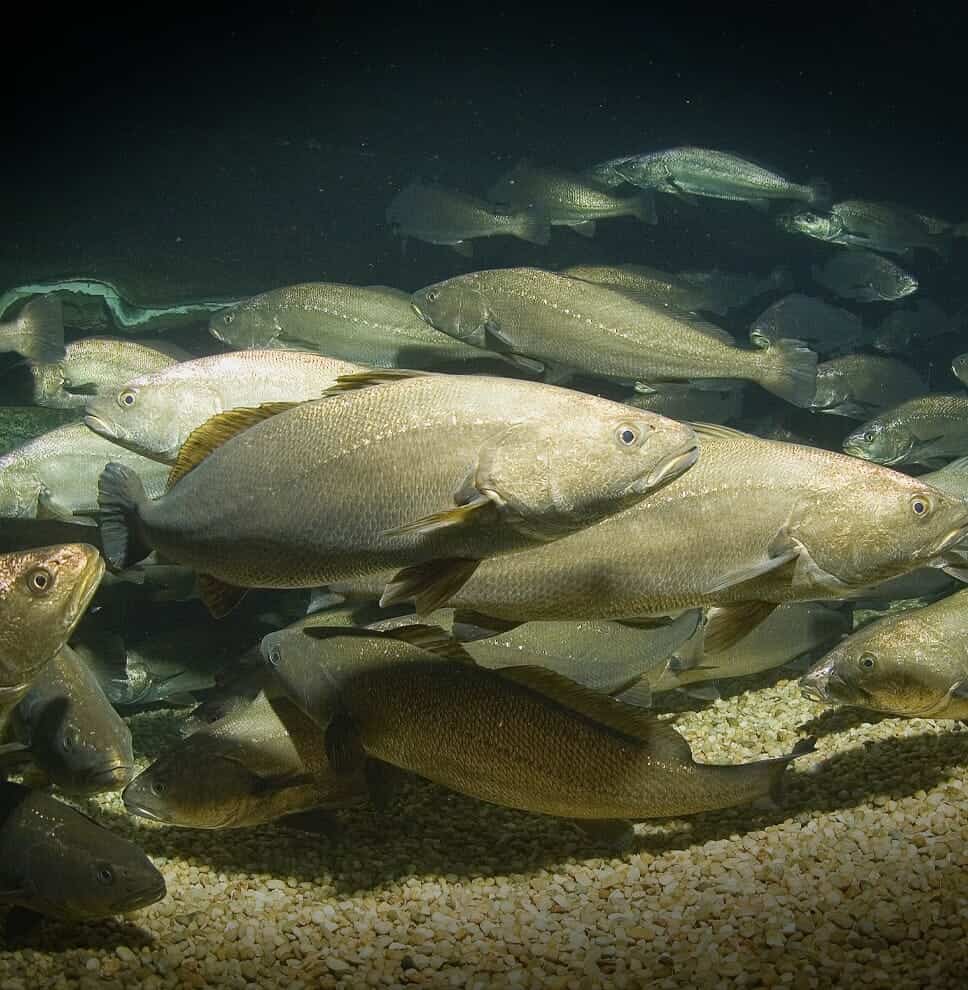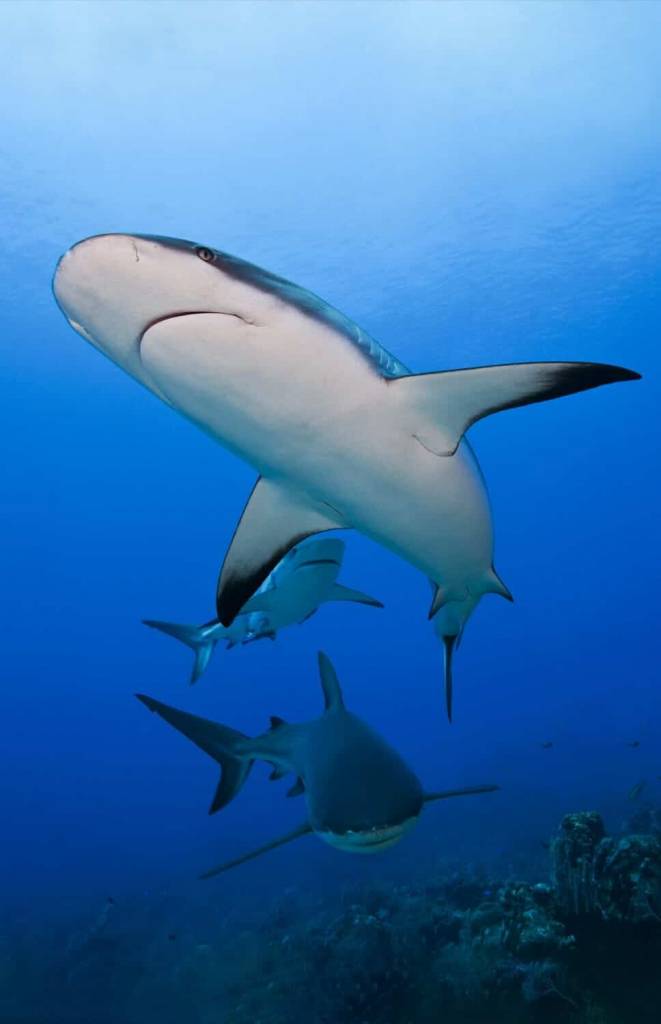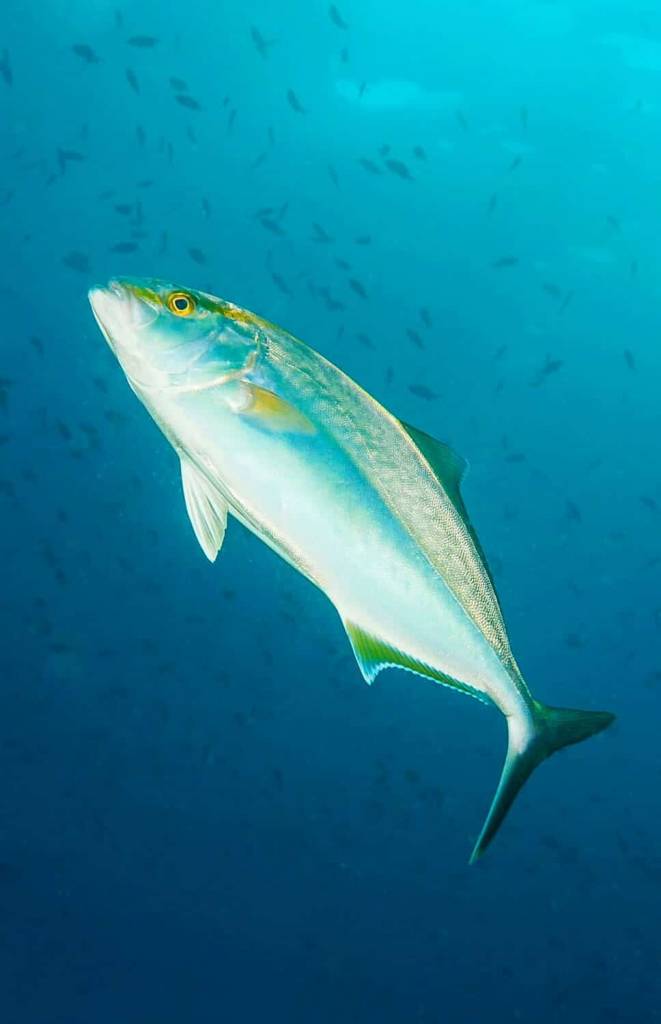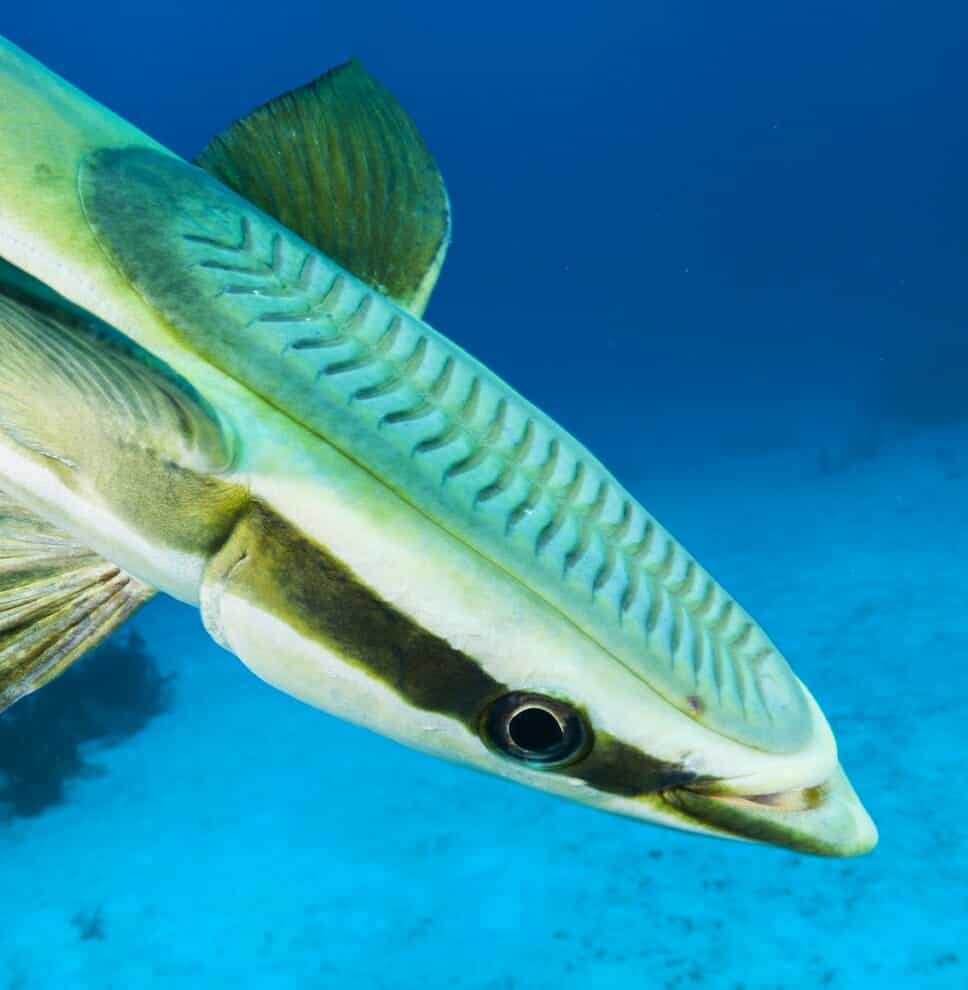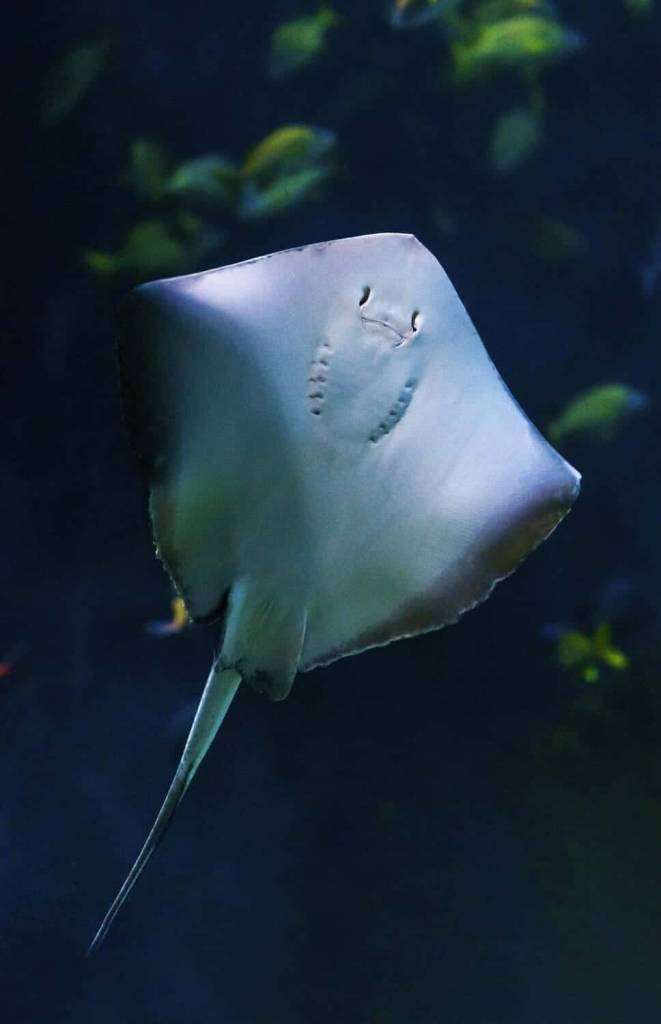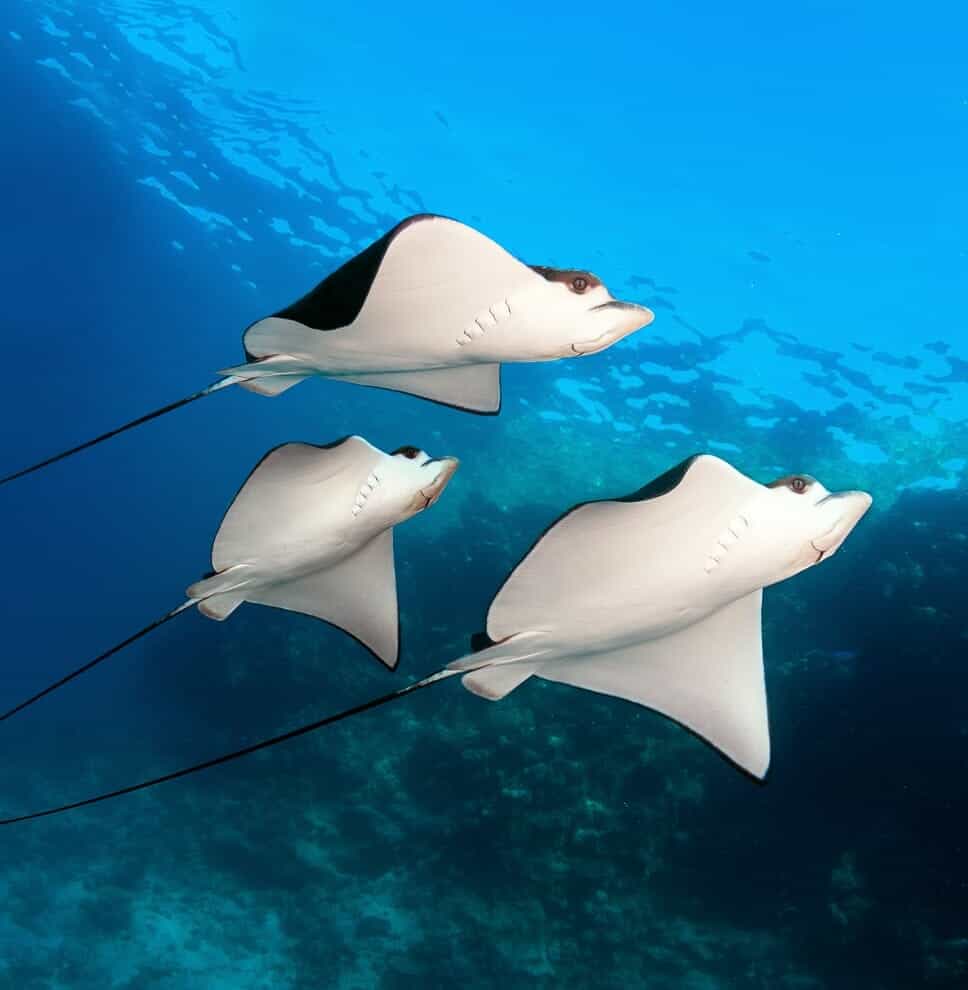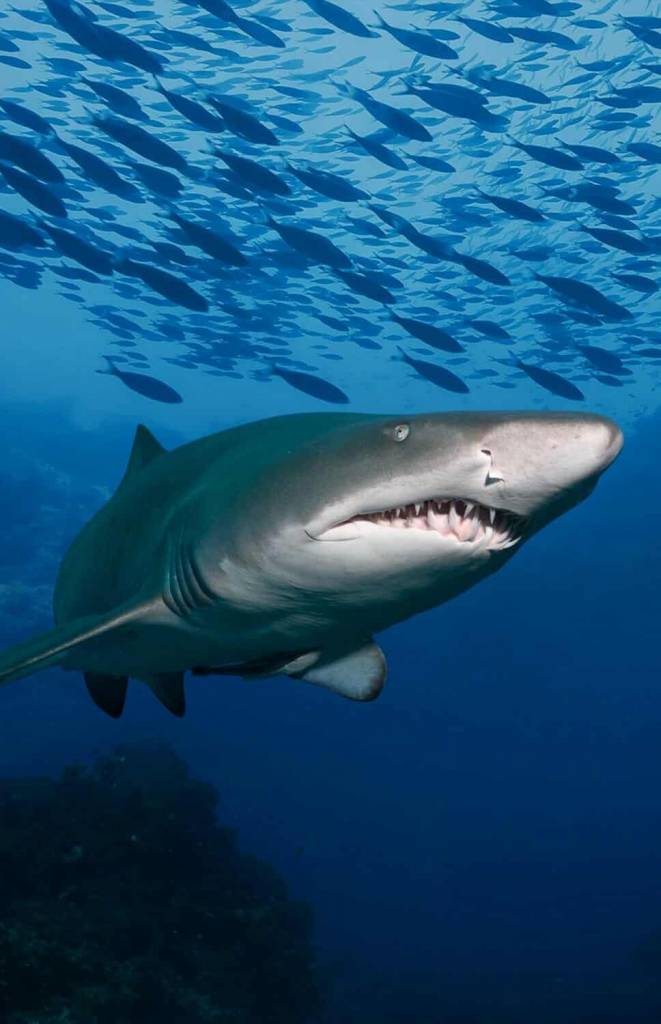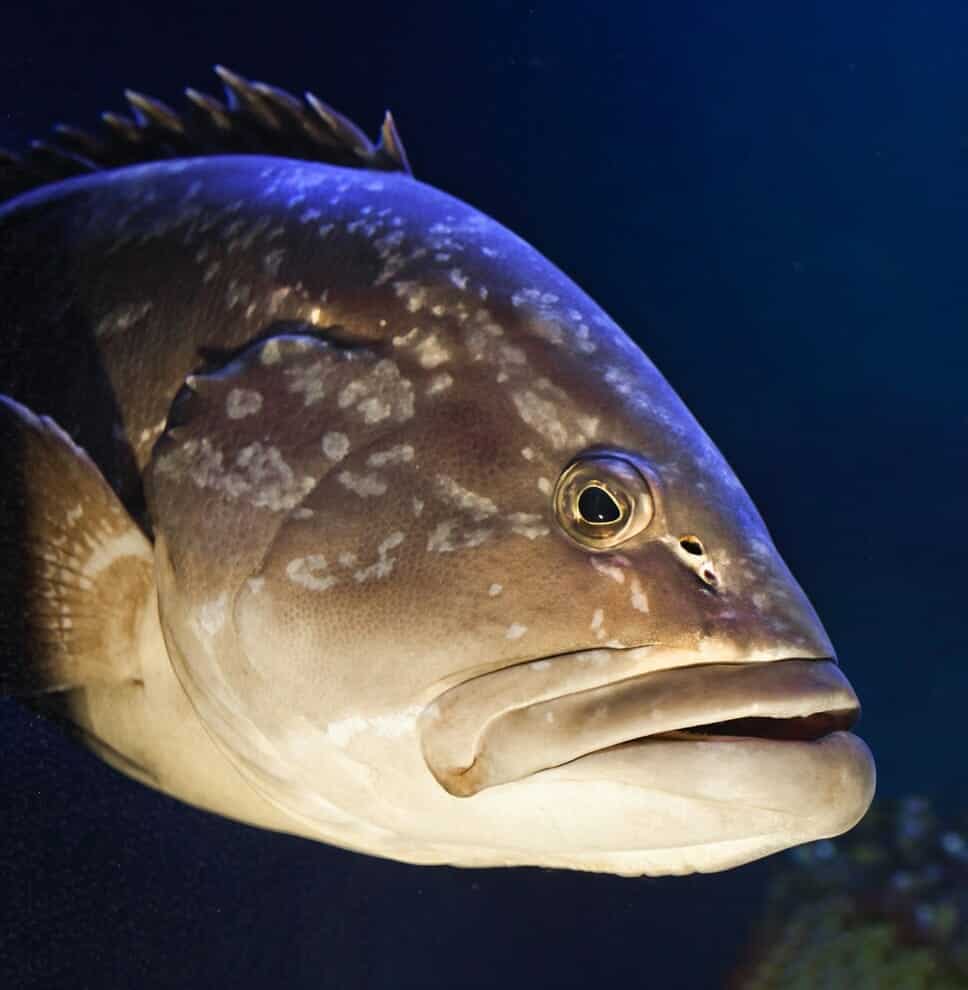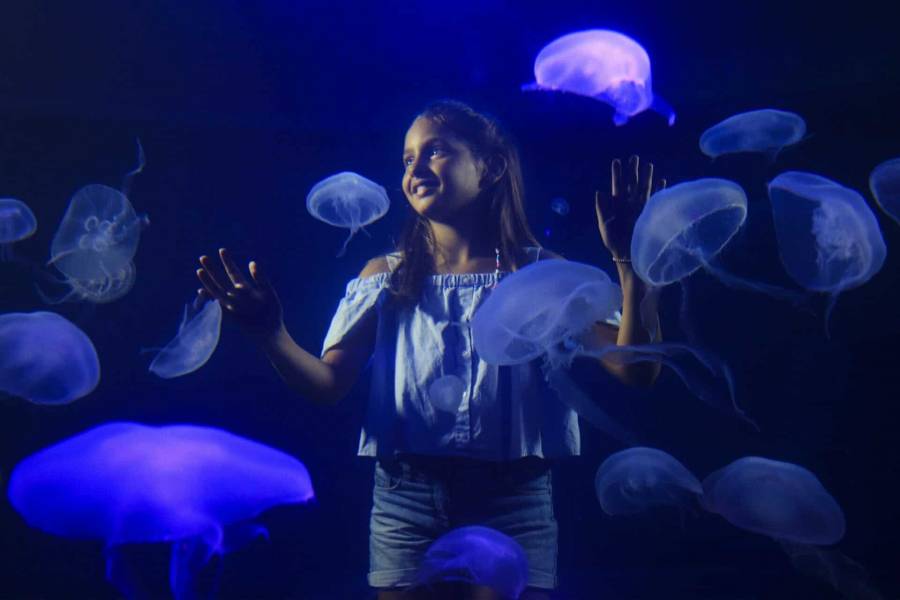Beyond the seas and oceans of the world.
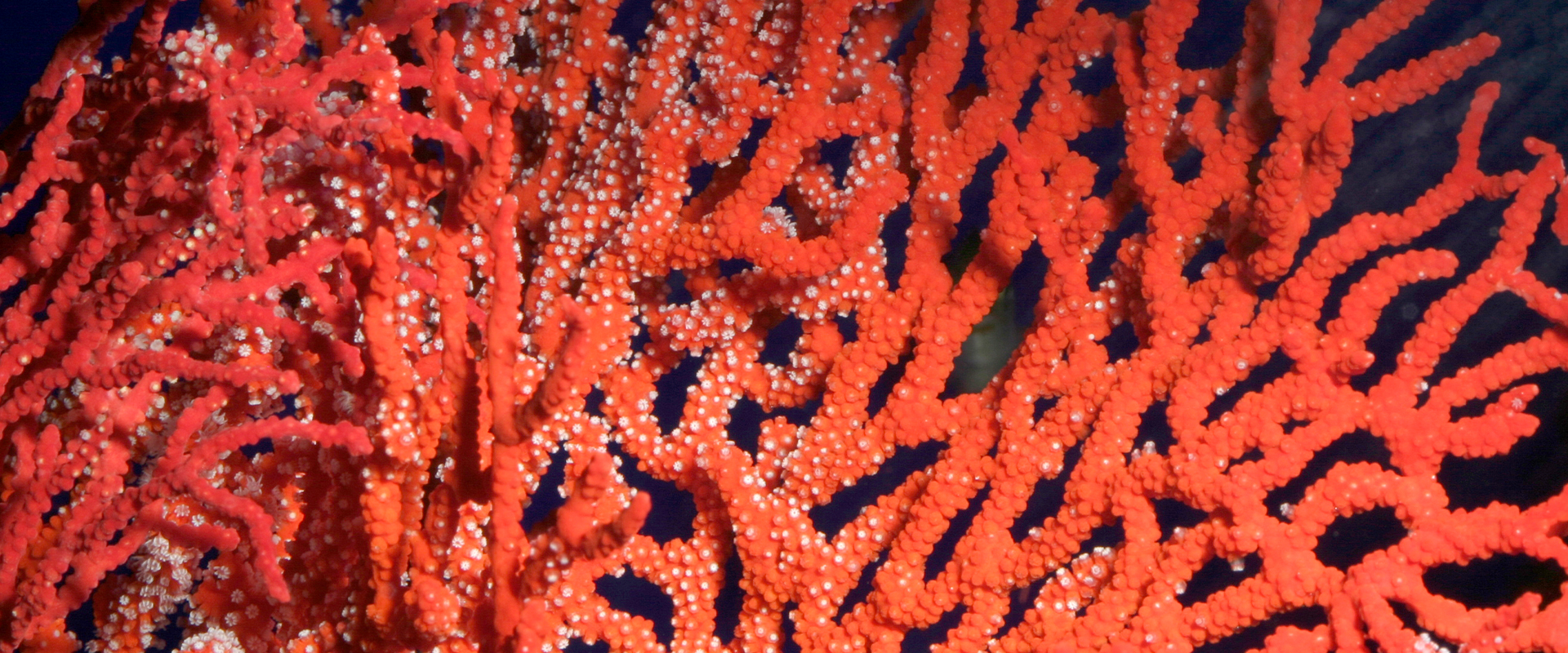
Habitats

A journey of discovery
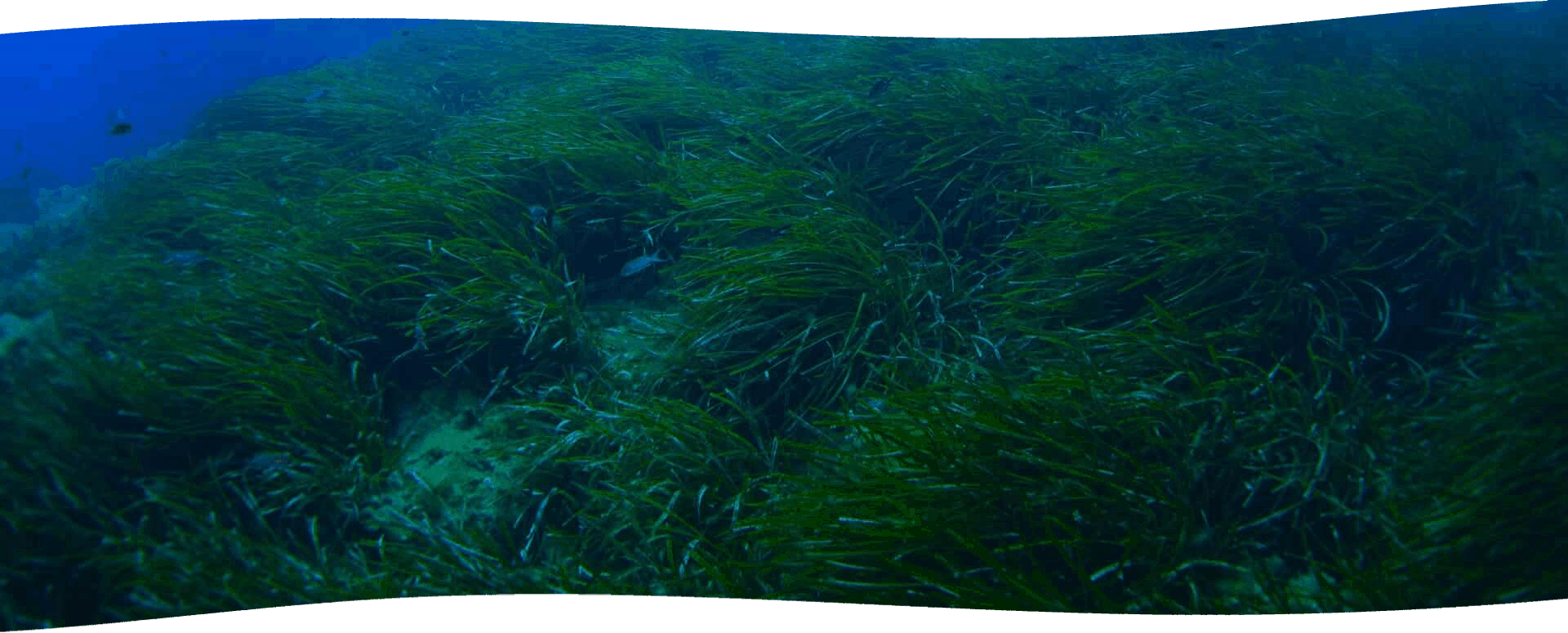
Understand to protect
The rich beauty of the Mediterranean Sea transports you to the ancient "Mare Nostrum", discovering a lesser known Mallorca beneath its calm waters.
Get to know some of the most peculiar species of fauna and flora of the Mediterranean seabed such as the Posidonia oceanica better. Posidonia is not a seaweed but an essential plant for the Mediterranean. It is a protected species, produces much of the sea's oxygen, filters and keeps the waters clean and offers shelter to thousands of marine animals in its meadows.
Due to overfishing, pollution, massive coastal construction and even invasive species, the Mediterranean Sea is currently the world's most threatened sea.
The Mediterranean needs help and requires stricter and more immediate conservation measures, legislation to better regulate fishing gear, clean-up programs and prohibition of dumping, expansion of marine reserves and larger dimensions,.... Those and many more, could be the solutions to preserve the Mediterranean.
Get to know some of the most peculiar species of fauna and flora of the Mediterranean seabed such as the Posidonia oceanica better. Posidonia is not a seaweed but an essential plant for the Mediterranean. It is a protected species, produces much of the sea's oxygen, filters and keeps the waters clean and offers shelter to thousands of marine animals in its meadows.
Due to overfishing, pollution, massive coastal construction and even invasive species, the Mediterranean Sea is currently the world's most threatened sea.
The Mediterranean needs help and requires stricter and more immediate conservation measures, legislation to better regulate fishing gear, clean-up programs and prohibition of dumping, expansion of marine reserves and larger dimensions,.... Those and many more, could be the solutions to preserve the Mediterranean.
Meet the inhabitants
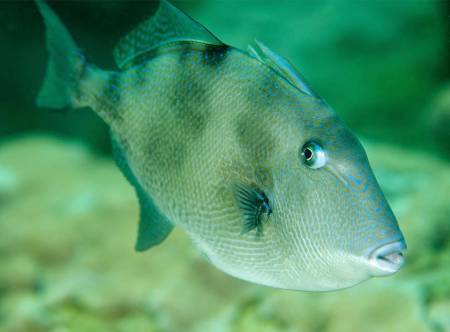
Crossbow Fish
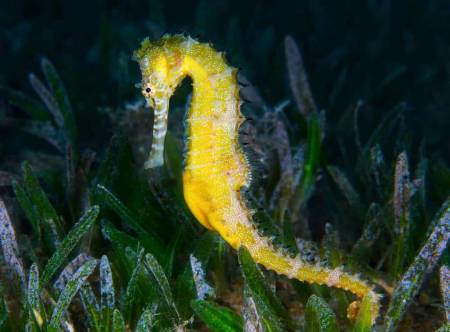
Seahorses
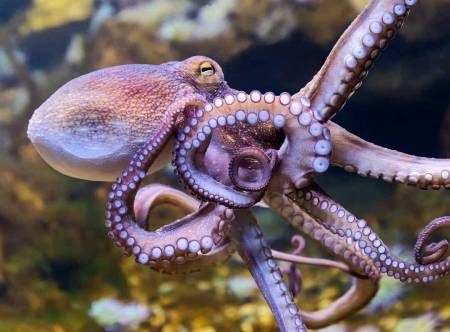
Octopus
Who lives in the Mediterranean?
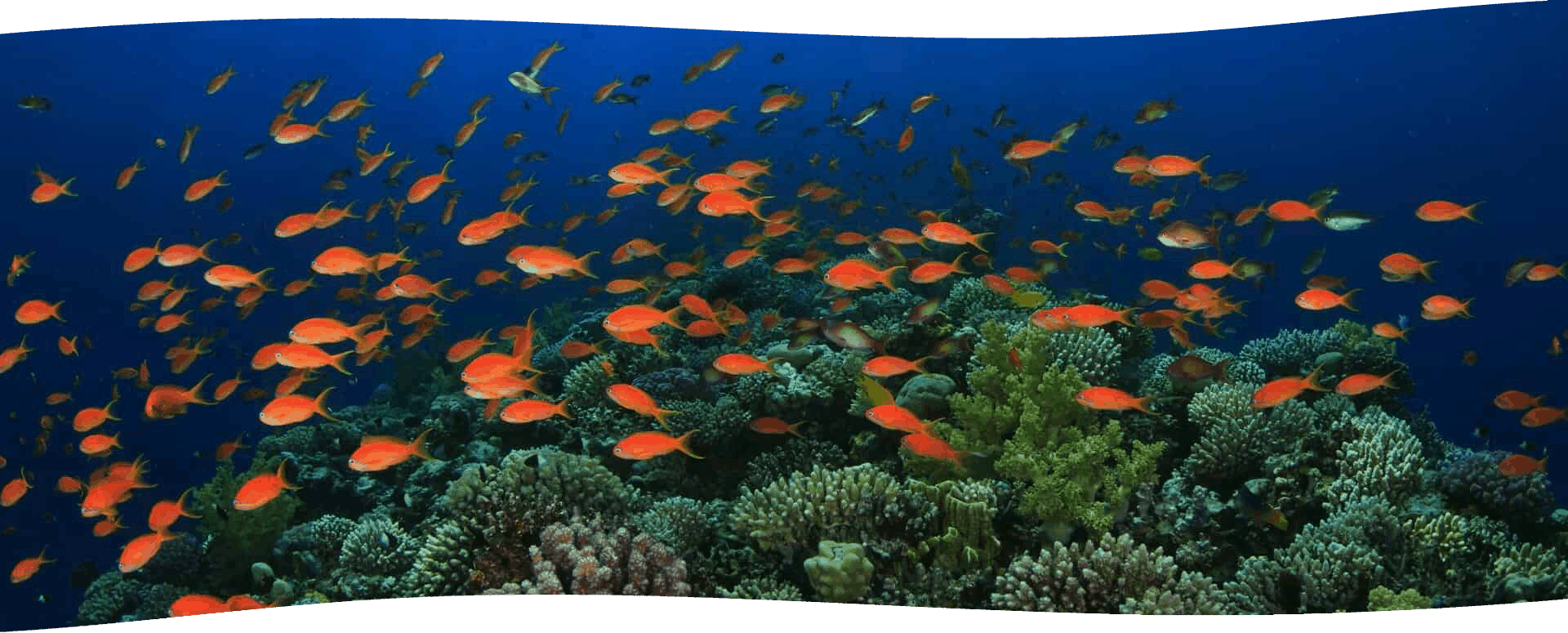
Life and color
The activity in the coral reefs can be compared to the bustle of a big city forming an ecosystem in which each species has its role to find balance.
In this part of the tour, the tropical ecosystems of the Indian, Pacific and Atlantic oceans are represented. Everything becomes colorful and particularily the corals compete for the prize for the best costume. Turquoise blue, canary yellow, passion red and orange triumph are everywhere and can be found in species such as surgeonfish, clownfish, pufferfish or anemones (first cousins of corals).
From corals to clownfish, join us for exciting stories told by our ocean experts.
In this part of the tour, the tropical ecosystems of the Indian, Pacific and Atlantic oceans are represented. Everything becomes colorful and particularily the corals compete for the prize for the best costume. Turquoise blue, canary yellow, passion red and orange triumph are everywhere and can be found in species such as surgeonfish, clownfish, pufferfish or anemones (first cousins of corals).
From corals to clownfish, join us for exciting stories told by our ocean experts.
Meet the inhabitants
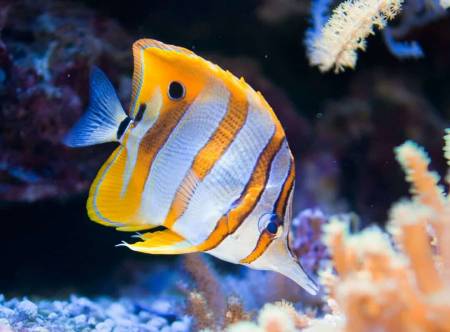
Butterfly Fish
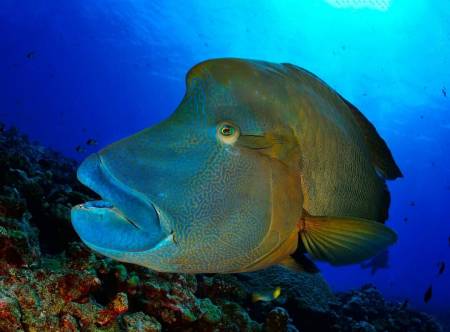
Napoleon Fish
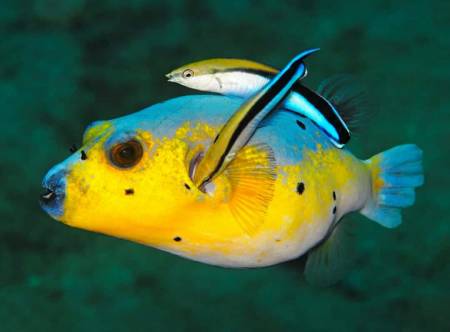
Cleaning Wash
Take a closer look at the tropics
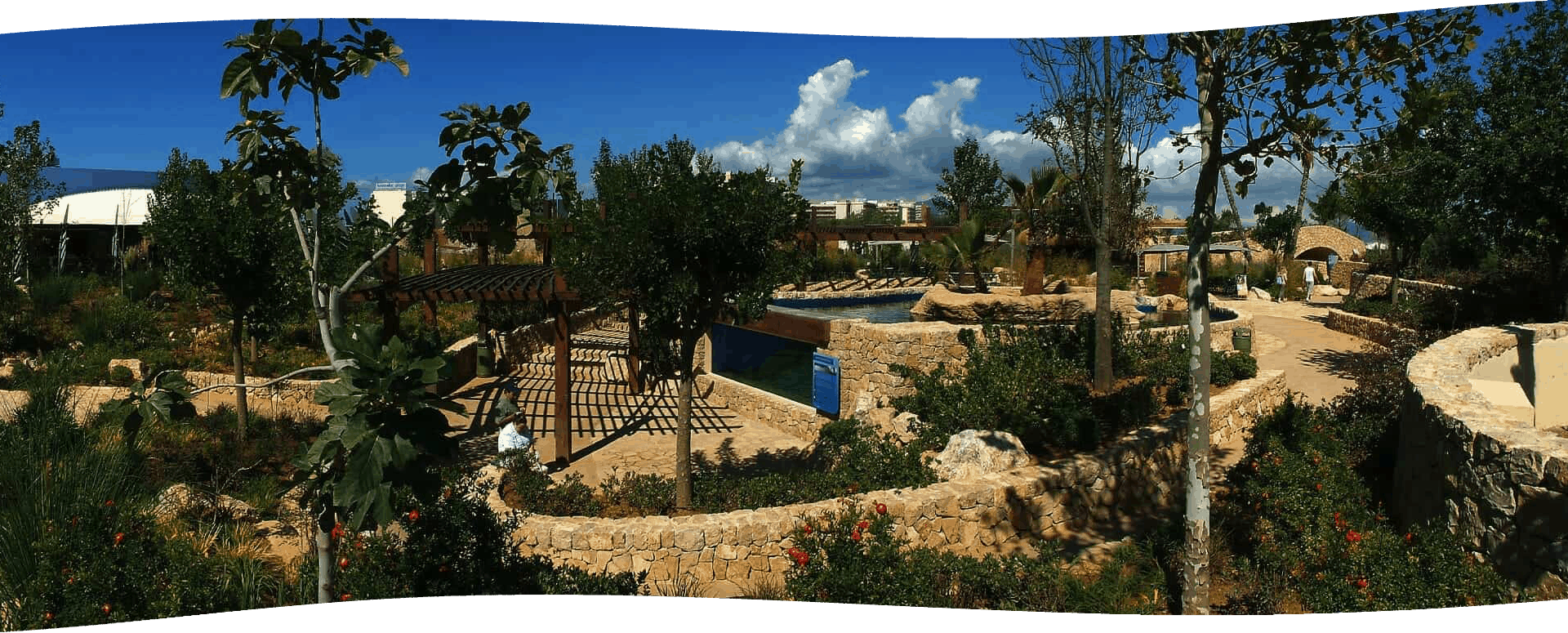
Discover nature
Enter the bustling worlds of our resident sea turtles, stingrays and Koi fish in our spacious Mediterranean gardens.
Take some time to enjoy the sunshine and the shade of cypress, carob and olive trees.
Meet us in the playground, where you can visit a shipwreck, join a treasure hunt and meet our entertainment team.
Take some time to enjoy the sunshine and the shade of cypress, carob and olive trees.
Meet us in the playground, where you can visit a shipwreck, join a treasure hunt and meet our entertainment team.
Meet the locals
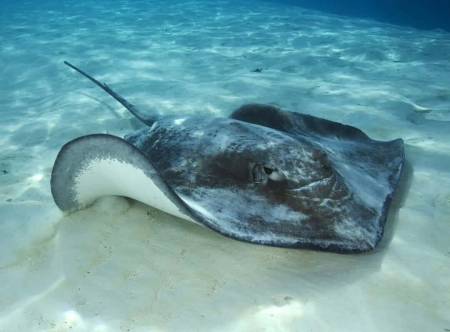
Ray
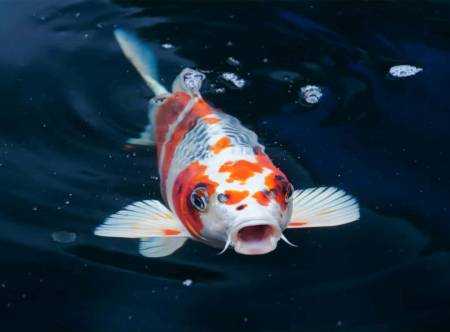
Koi
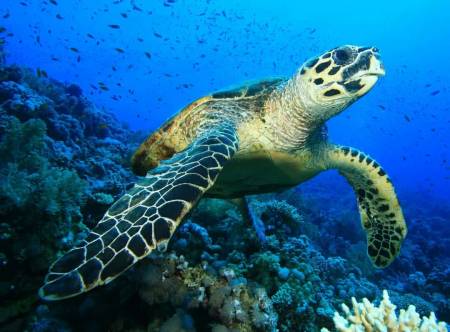
Tortuga Carey
Who lives here
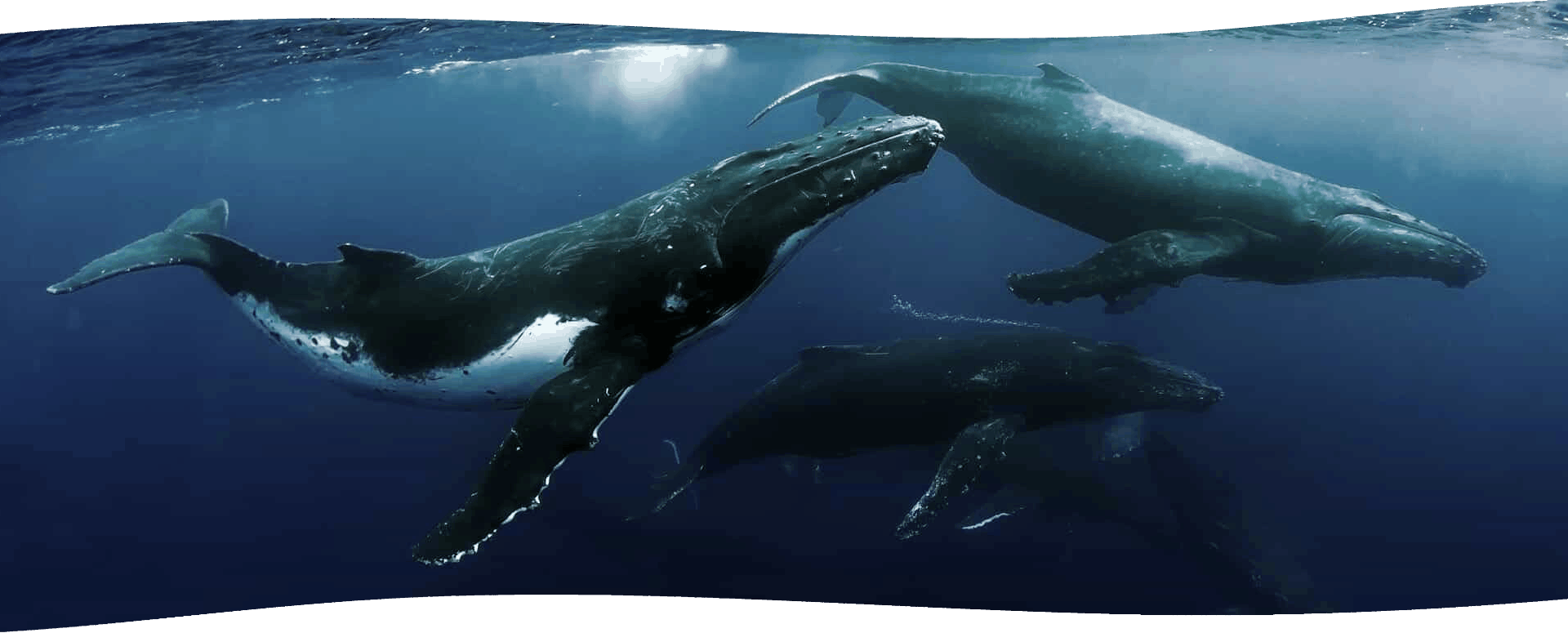
Observe and discover
Big as a school bus, and weighting 40 tons, humpback whales are the gentle giants of the ocean.
Make your connection with these magnificent creatures in a superb 3D multi-sensory experience.
Be surrounded by their enchanting songs, in the only immersive ocean experience in Europe.
Make your connection with these magnificent creatures in a superb 3D multi-sensory experience.
Be surrounded by their enchanting songs, in the only immersive ocean experience in Europe.
Did you know?
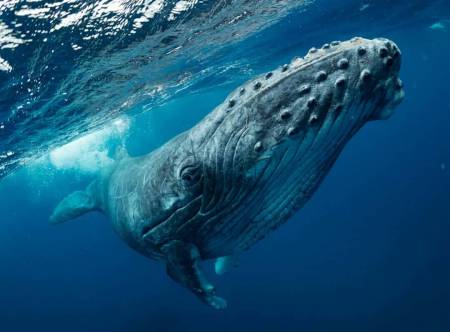
Migration
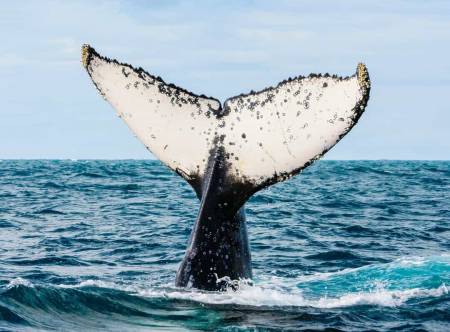
Photo identification

Whale babies
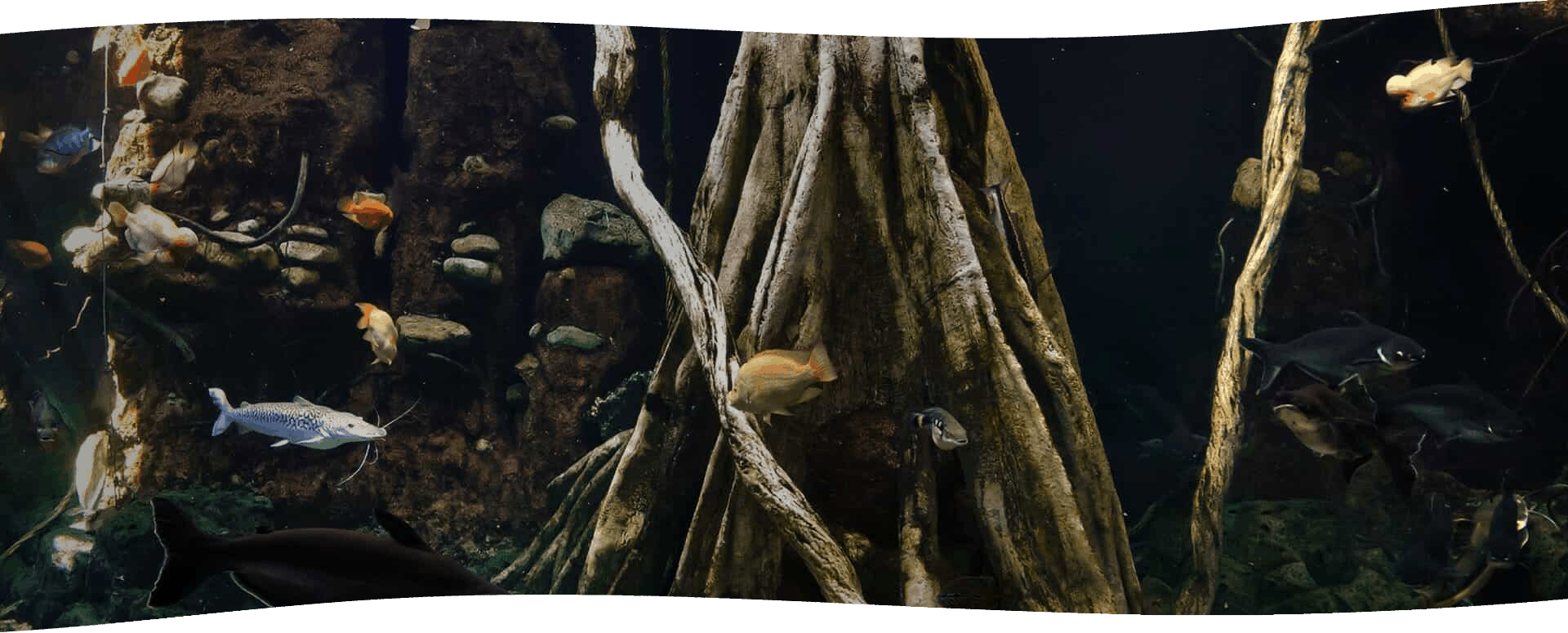
A walk on the wild side
Palma Aquarium is a journey of discovery.
Feel the soft jungle floor beneath your feet, the humid air and listen to the waterfall.
This microclimate is a perfect enclosure for our jungle life.
Feel the soft jungle floor beneath your feet, the humid air and listen to the waterfall.
This microclimate is a perfect enclosure for our jungle life.
Meet the locals
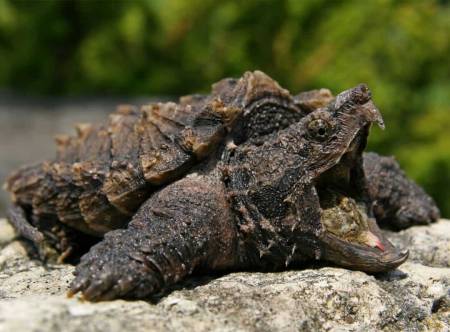
Alligator
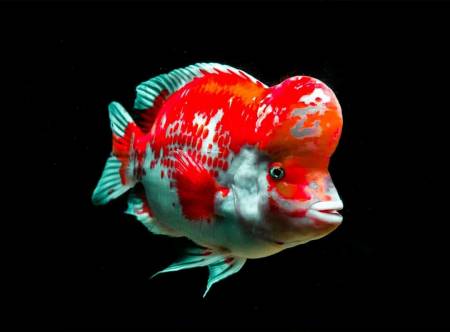
Red Devil
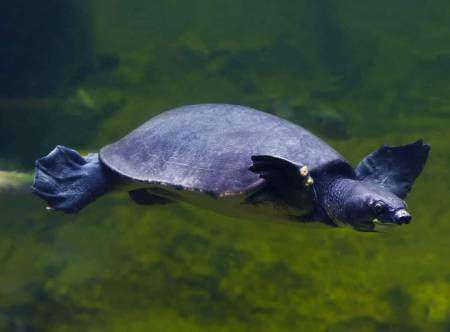
Softshell turtle
Who lives here?
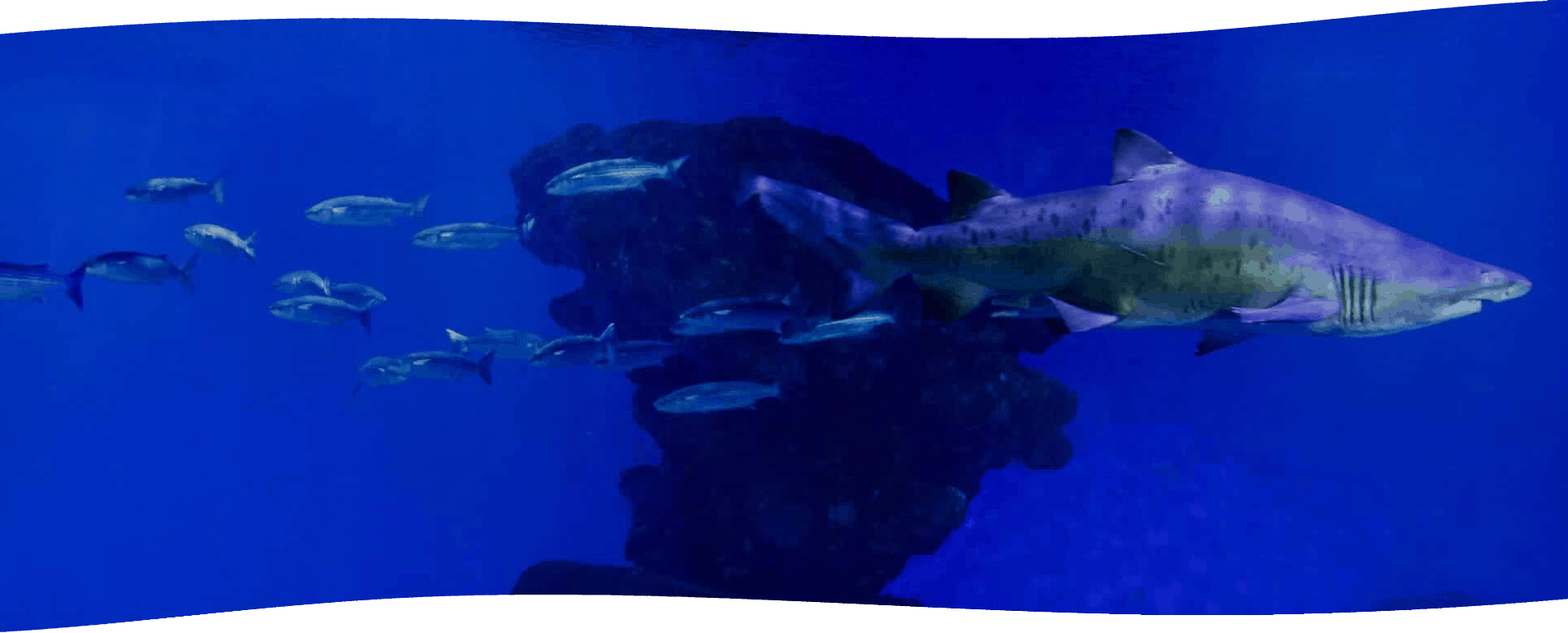
Discover the immensity of the ocean
To be able to see a shark up close and notice details such as its strong jaw, its gaze and its robust body is an impressive experience. Although it is one of the most important predators in the oceans, it is actually a stigmatised species in film and literature that rarely attacks humans, basically because we are not part of its diet.
The different sharks live in total harmony with other animal species, dispelling their myth of being a dangerous species. Every day, visitors to Palma Aquarium can see our divers feeding them in total tranquillity alongside other species such as rays, corvinas, groupers, amberjacks and remoras.
The sensation of being part of this natural scene is total, not only because of the large dimensions of the Big Blue. The reflection of the natural openings of the sunlight and the wandering sharks radiate a true sense of the depths of the ocean.
The different sharks live in total harmony with other animal species, dispelling their myth of being a dangerous species. Every day, visitors to Palma Aquarium can see our divers feeding them in total tranquillity alongside other species such as rays, corvinas, groupers, amberjacks and remoras.
The sensation of being part of this natural scene is total, not only because of the large dimensions of the Big Blue. The reflection of the natural openings of the sunlight and the wandering sharks radiate a true sense of the depths of the ocean.
Meet the locals
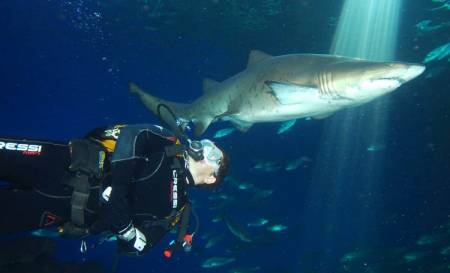
Sharks
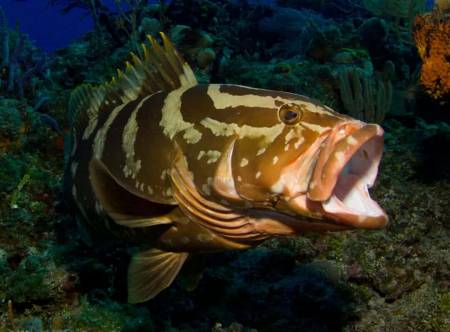
Grouper fish
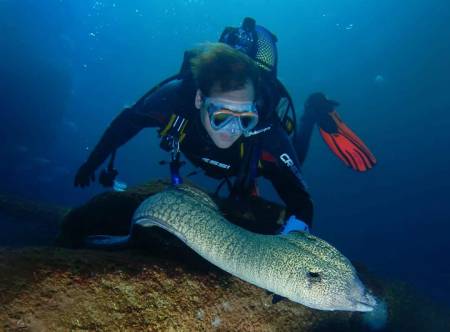
Big blue
Who lives here
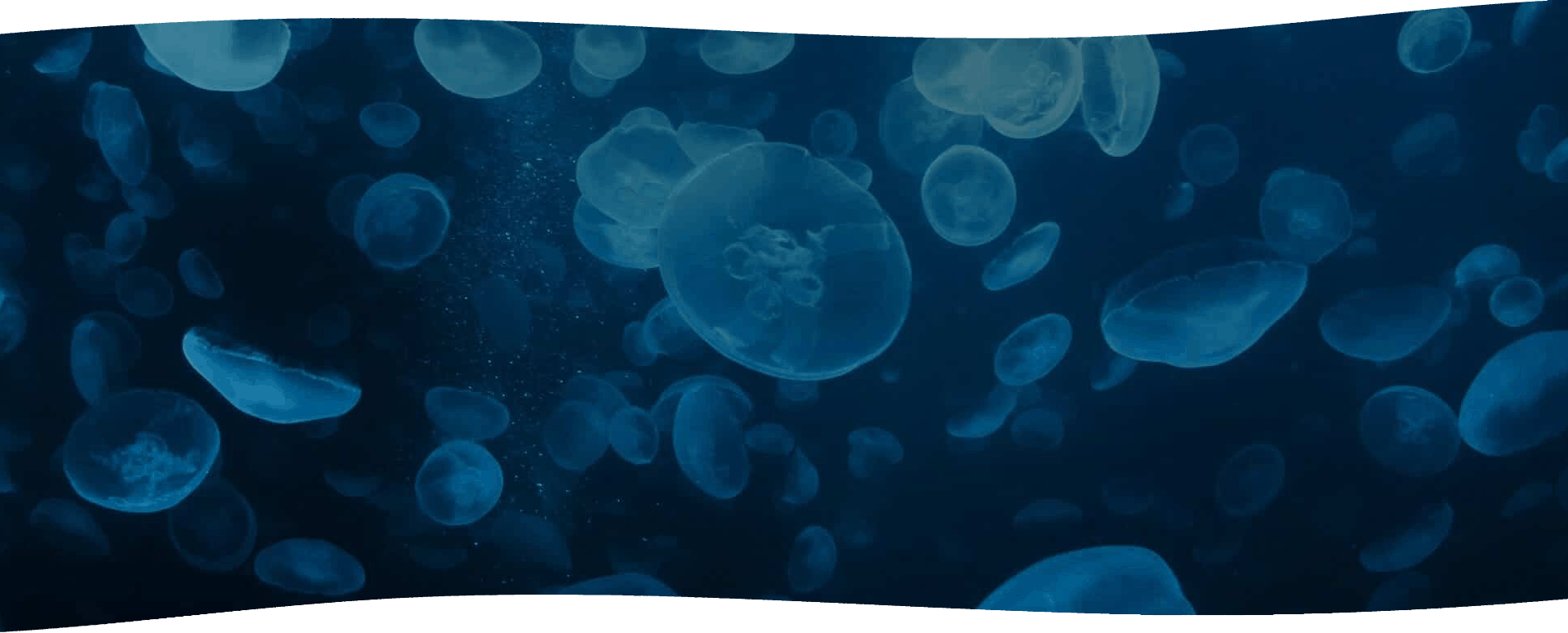
One of the most ancient creatures in the world
Jellyfish are one of the world's oldest living creatures, with evidence of their existence dating back 700 million years.
Jellyfish blend in well with their environment, as their bodies lack identifying features such as bones or eyes. They are about 98% water and have tentacles covered with tiny stinging cells, used to capture prey.
Unlike other marine animals, which are threatened by global warming, jellyfish are less affected by rising temperatures, pH levels and overfishing.
At Palma Aquarium we can find jellyfish such as the Aurelia Aurita, one of the most common species in the Mediterranean Sea that you can see up close with us.
Jellyfish blend in well with their environment, as their bodies lack identifying features such as bones or eyes. They are about 98% water and have tentacles covered with tiny stinging cells, used to capture prey.
Unlike other marine animals, which are threatened by global warming, jellyfish are less affected by rising temperatures, pH levels and overfishing.
At Palma Aquarium we can find jellyfish such as the Aurelia Aurita, one of the most common species in the Mediterranean Sea that you can see up close with us.
